Italian Chic - by Daria Reina and Andrea Ferolla
I have written about Franco - Italian Chez Dédé before. I heard about this incredibly talented and creative couple, Daria Reina and Andrea Ferolla, from the late great Wonderfool. My friend Courtney and I met the lovely Daria at the store/spa and wanted to buy all their bags.
Daria and Andrea are quite modest. I didn't learn until this year (!) that they are the ones responsible for the typography of Pasta Garofalo, one of my favorite pasta brands. Okay, now that I think about it, this isn't a topic that would come up in everyday conversation.
There was some skepticism when they first opened their store. Why Rome? Why not Florence or Milan? An atelier/boutique/gallery like Chez Dédé would make more sense in those cities. There has been a great deal of negative press (local and international) about the state of Rome these days. Yes, the situation could be better and it's important not to ignore what is happening but walking into their shop is a much needed reminder of the reasons why we fell in love this city and country in the first place.
Their book ITALIAN CHIC is a must for anyone who loves Italy, photography, illustrations, or/and travel. It's not a guide book per se but more of a coffee table book filled with beautiful imagery. It was just published by Assouline and is available at their shops or online. The Chez Dédé store has a few limited edition copies left with a special cover featuring my beloved Sicily.
Photographed by Daria and illustrated by Andrea, ITALIAN CHIC is an intimate peek at some of their favorite places in Italy, from top to bottom. It's a love letter of sorts to a country that has inspired them. As Daria and Andrea said to Architectural Digest, “If we were not in Italy, then Chez Dédé simply would not exist,” Reina says. “We are both in love with Italy and the Italian lifestyle is certainly an integral part of our entire creative process.” Ferolla adds, “Italy cultivates the excellence of the ‘well done’ and of the simple and sophisticated style. Daria and I are heirs of this culture that reflects in each and every expression of Chez Dédé’s creative thinking.”
Daria and Andrea will be in New York City the week of October 14th for book signings. There will be an installation of Andrea's illustrations in one of Bergdorf Goodman's famous windows. Check their Instagram feed for more information (and because it's fantastic).
Photos (except for the cover): Assouline
The Design Files - Ristorante Local, Venice
Yes, it's true that Venice has many tourist trap restaurants. Tourist traps don't care about the quality of their food (and love to over charge people) as it's a volume business, especially from the mega cruise ships. They will never see those tourists again and locals would never eat there.Do not let the bad press discourage you. There are fantastic places to eat in Venice! The restaurant Local is one of them. I'm not going to write about the food though (which was delicious) but about the interior design and overall vibe.The restaurant was opened in 2016 by brother and sister, Benedetta and Luca Fullin. The space used to be an electrical shop. It's located in the Castello neighborhood between Piazza San Marco and The Arsenale.The design like, the cuisine, is inspired by local traditional Venice but with a touch of modern international flavors.I spoke with Benedetta during our trip last month and she told they used local artisans to make, by hand, everything from the floors, to the dishes, to the lighting, etc.I absolutely love the Venetian Terrazzo floors.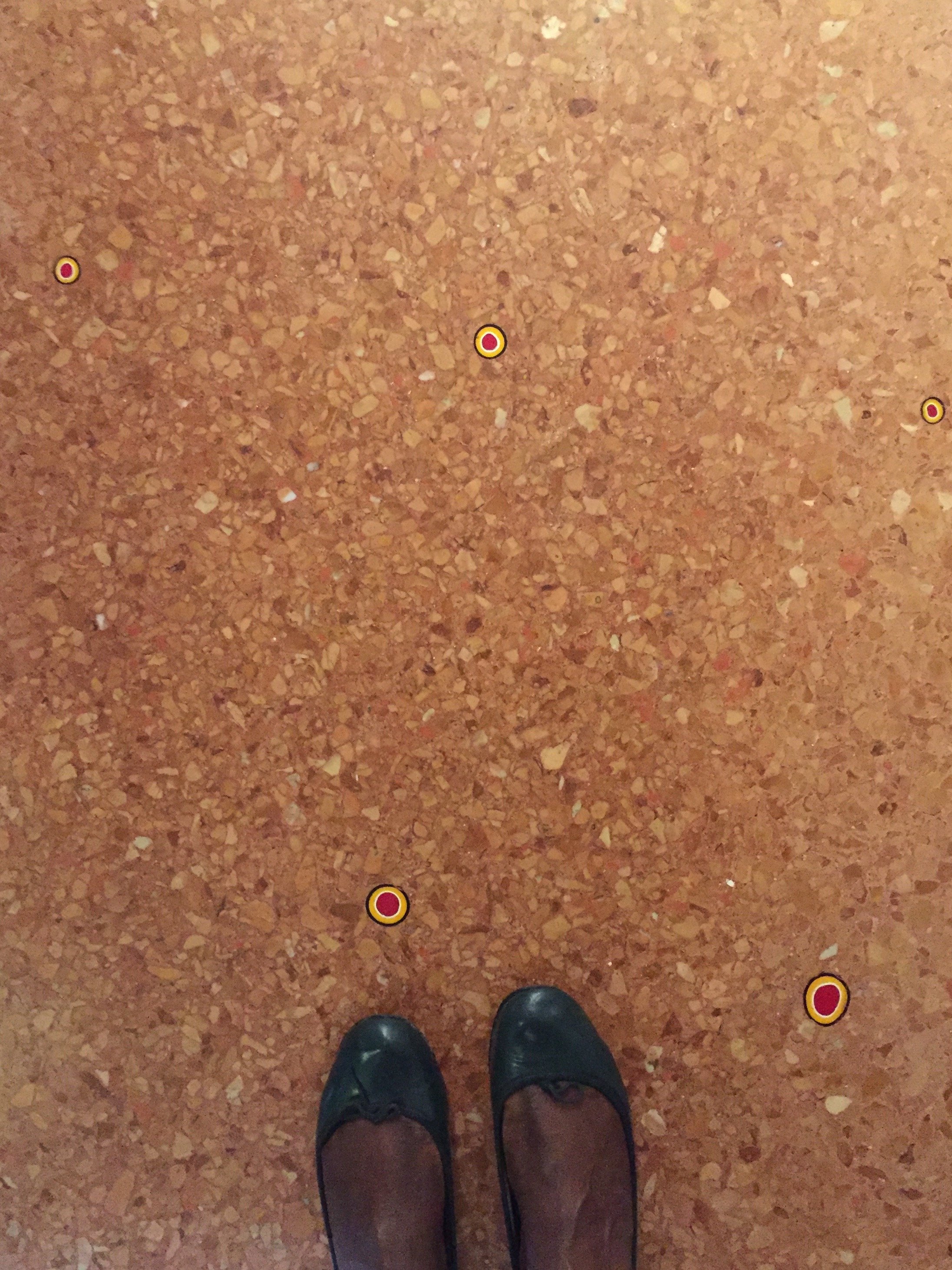 They were poured by hand and hold over five thousand murrine, which were handmade in Murano. The oak table, chairs, and wine cellar were made by Pasquini Marino.The open planned kitchen is inviting. It's not a cheap restaurant (our meals were included so checked prices online) but it's not stuffy either.
They were poured by hand and hold over five thousand murrine, which were handmade in Murano. The oak table, chairs, and wine cellar were made by Pasquini Marino.The open planned kitchen is inviting. It's not a cheap restaurant (our meals were included so checked prices online) but it's not stuffy either. The restaurant sits on a side canal, light pours in.
The restaurant sits on a side canal, light pours in.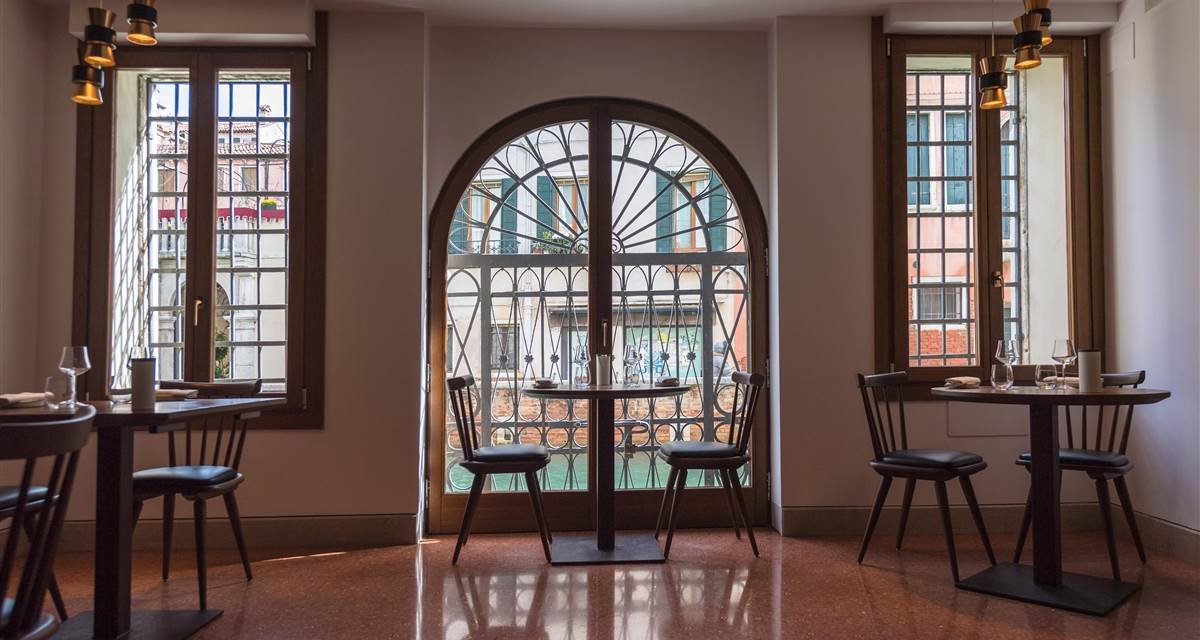 Local frequently showcases art, with a focus on emerging talent, from the Contini Art Gallery.It's not easy to find the right balance in a historic, popular tourist destination like Venice. Do you completely erase the past in order to stay current, or go in the opposite extreme? Local feels very much of its time and its location. I'm not a fan of eating in a restaurant that looks and feels generic. We eat with our eyes as well and the interior design and ambience of a restaurant shouldn't be overlooked. Living in Los Angeles, sometimes we had the reverse situation, gorgeous spaces that were very "in" but the food was indifferent to inedible.Twelve years had passed between my two trips to Venice. That's ridiculous. I'd like to return sooner rather than later. I look forward to returning to Local, grabbing a seat at the bar, and trying their cicchetti.
Local frequently showcases art, with a focus on emerging talent, from the Contini Art Gallery.It's not easy to find the right balance in a historic, popular tourist destination like Venice. Do you completely erase the past in order to stay current, or go in the opposite extreme? Local feels very much of its time and its location. I'm not a fan of eating in a restaurant that looks and feels generic. We eat with our eyes as well and the interior design and ambience of a restaurant shouldn't be overlooked. Living in Los Angeles, sometimes we had the reverse situation, gorgeous spaces that were very "in" but the food was indifferent to inedible.Twelve years had passed between my two trips to Venice. That's ridiculous. I'd like to return sooner rather than later. I look forward to returning to Local, grabbing a seat at the bar, and trying their cicchetti.


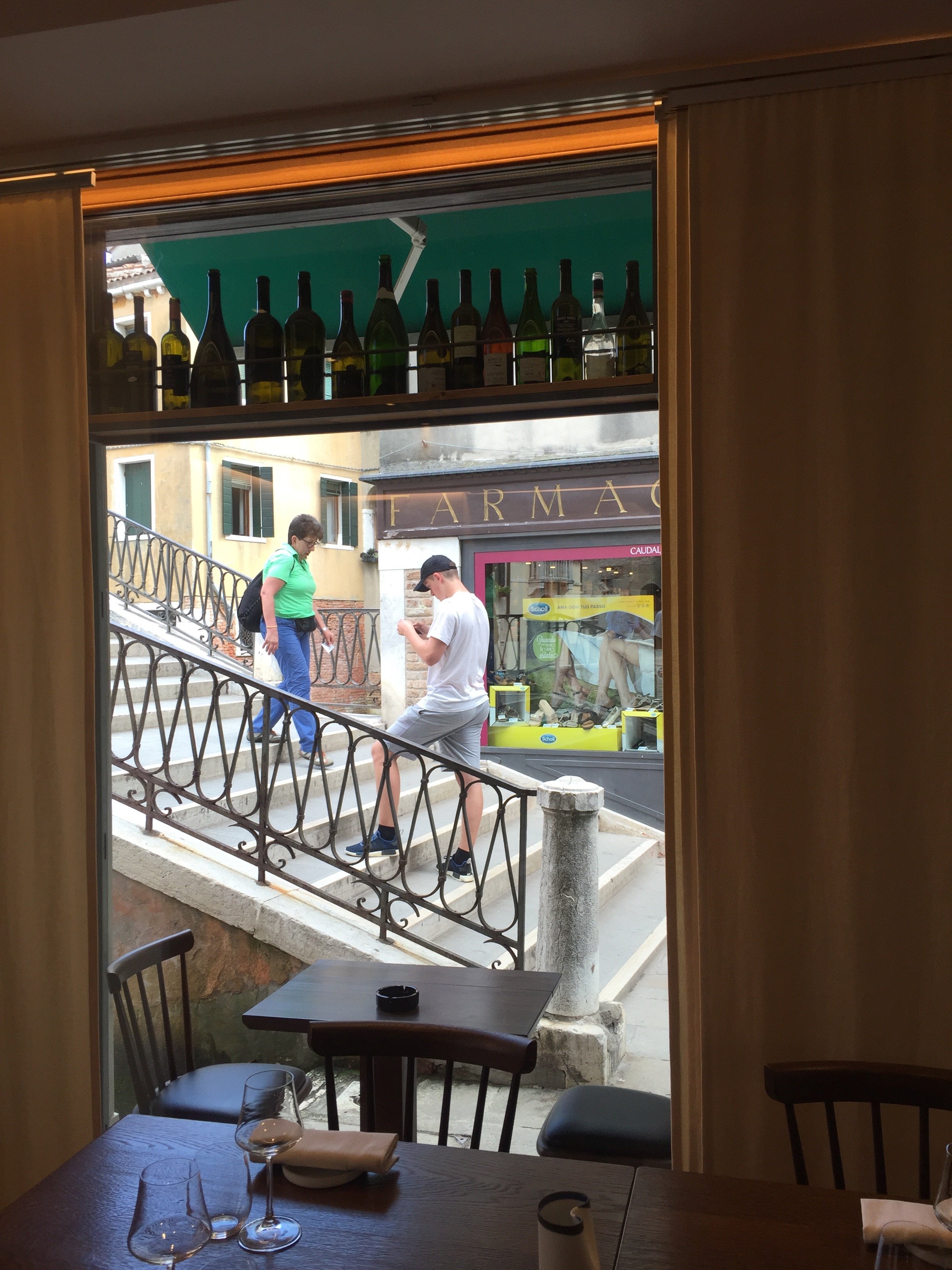 First photo and the last two photos: Me and my iPhone. Other photos: Ristorante Local
First photo and the last two photos: Me and my iPhone. Other photos: Ristorante Local
La Biennale Venice - 2018
My friend Erica invited me to join her on a press trip for the preview of the 16th Architecture Biennale. I haven't been to any of the Biennale. I follow the art, cinema, and architecture ones on social media but it's not the same. My first (and last) trip to Venice was twelve years ago, late November. Even during off-season, the crowds in the Piazza San Marco area were quite large. The experience did not prepare for last week. More on that later.We were in Venice for only two days/one night. I would love to return to see the Pavilions I missed. Erica has a great write-up on her Instastories.Normally, we'd take a train from Rome but we had to get there in time for the press conference so we placed on a 7:00 am flight. A private boat picked us up. Not a bad way to enter the city. We had a few minutes before the press conference and met the other journalists/architects and their guests. It was a small group, only twelve of us, half were from Milan. Our hosts were wonderful and, my fellow Americans will feel me on this, I couldn't get over how organized everything was. One of the hosts flew from Milan to Rome to meet us on the flight to make sure things were on point.The theme this year is Freespace. The curators are architects Yvonne Farrel and Shelley McNamara of Grafton Architects.
My first (and last) trip to Venice was twelve years ago, late November. Even during off-season, the crowds in the Piazza San Marco area were quite large. The experience did not prepare for last week. More on that later.We were in Venice for only two days/one night. I would love to return to see the Pavilions I missed. Erica has a great write-up on her Instastories.Normally, we'd take a train from Rome but we had to get there in time for the press conference so we placed on a 7:00 am flight. A private boat picked us up. Not a bad way to enter the city. We had a few minutes before the press conference and met the other journalists/architects and their guests. It was a small group, only twelve of us, half were from Milan. Our hosts were wonderful and, my fellow Americans will feel me on this, I couldn't get over how organized everything was. One of the hosts flew from Milan to Rome to meet us on the flight to make sure things were on point.The theme this year is Freespace. The curators are architects Yvonne Farrel and Shelley McNamara of Grafton Architects.
After the press conference we walked over to Local, which was fantastic. It's owned by siblings Benedetta and Luca Fillun and used to be an electrical shop. I spoke more Italian in a day than I have in probably two months.We returned to the Arsenale for a guided tour of the Corderie. From there we were able to see a few pavilions before going to the hotel to check in. My favorite pavilions were the Kosovo, Canada, Italy, Bahrain, Italy, and Croatia Pavilions. I wish I had more time to spend in each one.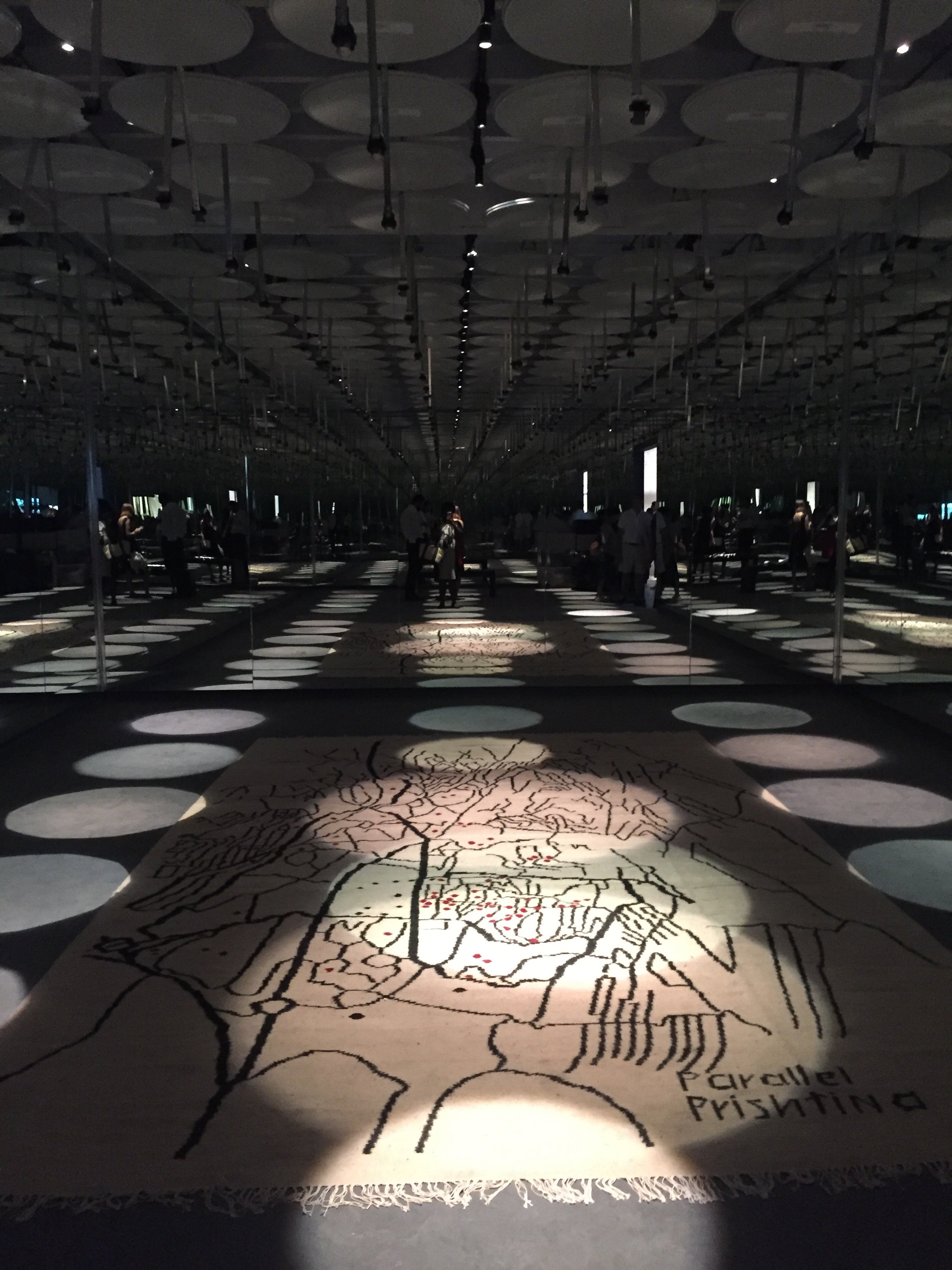 Erica and I decided to walk toward Piazza San Marco instead taking the boat. I was NOT READY. Remember, I've never been to Venice during high season. The crowds were on another level. I keep reading about the crowd situation but it's another thing to experience it. 28 million tourists visit Venice a year. Only 55,000 people live in Venice full-time, down from 175,000 post WWII, with around 2000 leaving every single year. AirBnB has pushed the rents sky high, and mass tourism from mega cruise ships turn streets into packed corridors during the day and desolate at night. I don't know what the answer is but this type of tourism is not sustainable.We stayed at the Bauer Palazzo and I was happily surprised to see that we had a terrace. The service was impeccable. It could be because we were with a group of journalists and architects.
Erica and I decided to walk toward Piazza San Marco instead taking the boat. I was NOT READY. Remember, I've never been to Venice during high season. The crowds were on another level. I keep reading about the crowd situation but it's another thing to experience it. 28 million tourists visit Venice a year. Only 55,000 people live in Venice full-time, down from 175,000 post WWII, with around 2000 leaving every single year. AirBnB has pushed the rents sky high, and mass tourism from mega cruise ships turn streets into packed corridors during the day and desolate at night. I don't know what the answer is but this type of tourism is not sustainable.We stayed at the Bauer Palazzo and I was happily surprised to see that we had a terrace. The service was impeccable. It could be because we were with a group of journalists and architects.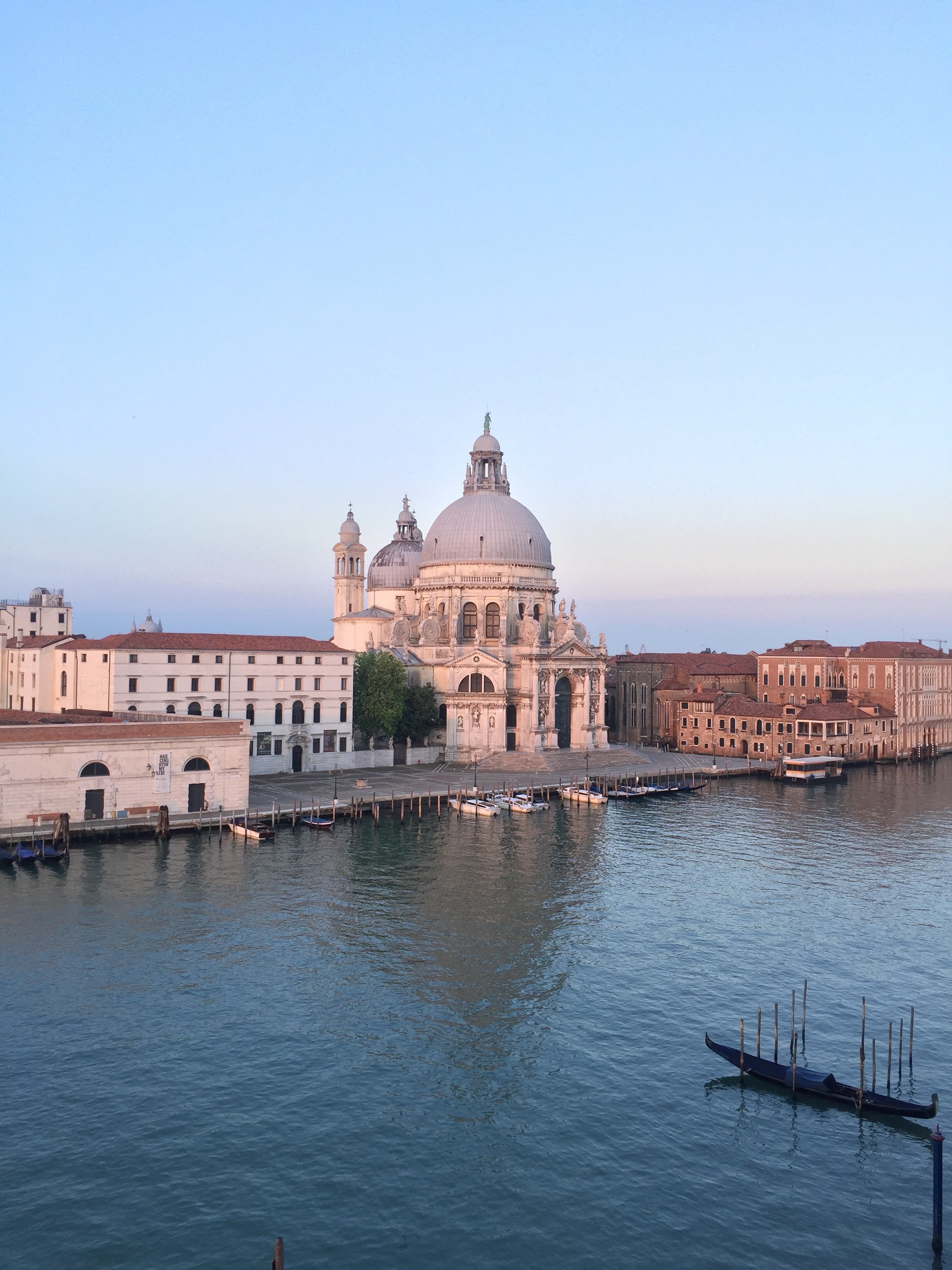 As we unpacked and got ready for aperitivi I noticed a chic terrace, a floor higher, on the building next door. I asked the bartender if it was a hotel bar. He said no they were preparing for a private party. I had no idea it was the party we were going to attended. It was a little overwhelming. There was were heavy hitters from the design/architect world and folks were not playing sartorially. The Hugos, and views, were divine.
As we unpacked and got ready for aperitivi I noticed a chic terrace, a floor higher, on the building next door. I asked the bartender if it was a hotel bar. He said no they were preparing for a private party. I had no idea it was the party we were going to attended. It was a little overwhelming. There was were heavy hitters from the design/architect world and folks were not playing sartorially. The Hugos, and views, were divine.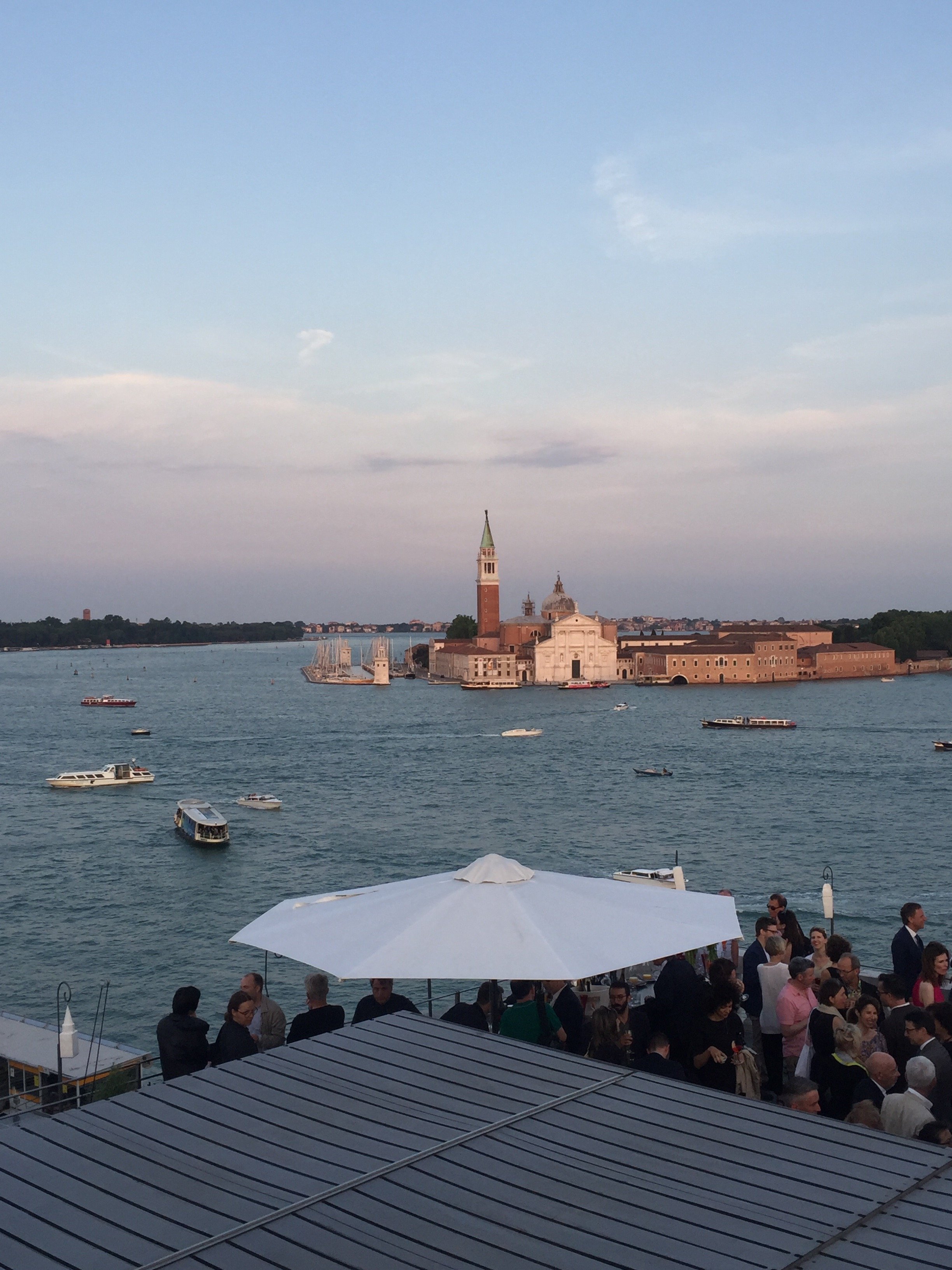 Post- reception, we had dinner on the patio of the hotel with canal view. During dinner I hear suddenly heard loud gasps. I looked to my left and saw a mega cruise ship rolling into the canal. It dwarfed the buildings. I have no words. Perhaps I'm hyper sensitive to these ships as I've seen what they've done to the quality of life for residents of the island of St. Martin/St. Maarten. I strongly believe the cons outweigh the pros.I woke up at the crack of dawn to jog and it was glorious. The city was quiet, with Venetians going to open their shops and getting ready for the new day. There were a few other tourists out jogging and some taking photos. I got lost in the side streets running toward the Rialto bridge. I didn't mind. It's surreal to be in a city where there are no cars, buses, etc. everything is brought in, and leaves, by boat. I understand why this special city has inspired writers, artists, and artisans for generations. It's a damn shame that it's being destroyed.
Post- reception, we had dinner on the patio of the hotel with canal view. During dinner I hear suddenly heard loud gasps. I looked to my left and saw a mega cruise ship rolling into the canal. It dwarfed the buildings. I have no words. Perhaps I'm hyper sensitive to these ships as I've seen what they've done to the quality of life for residents of the island of St. Martin/St. Maarten. I strongly believe the cons outweigh the pros.I woke up at the crack of dawn to jog and it was glorious. The city was quiet, with Venetians going to open their shops and getting ready for the new day. There were a few other tourists out jogging and some taking photos. I got lost in the side streets running toward the Rialto bridge. I didn't mind. It's surreal to be in a city where there are no cars, buses, etc. everything is brought in, and leaves, by boat. I understand why this special city has inspired writers, artists, and artisans for generations. It's a damn shame that it's being destroyed.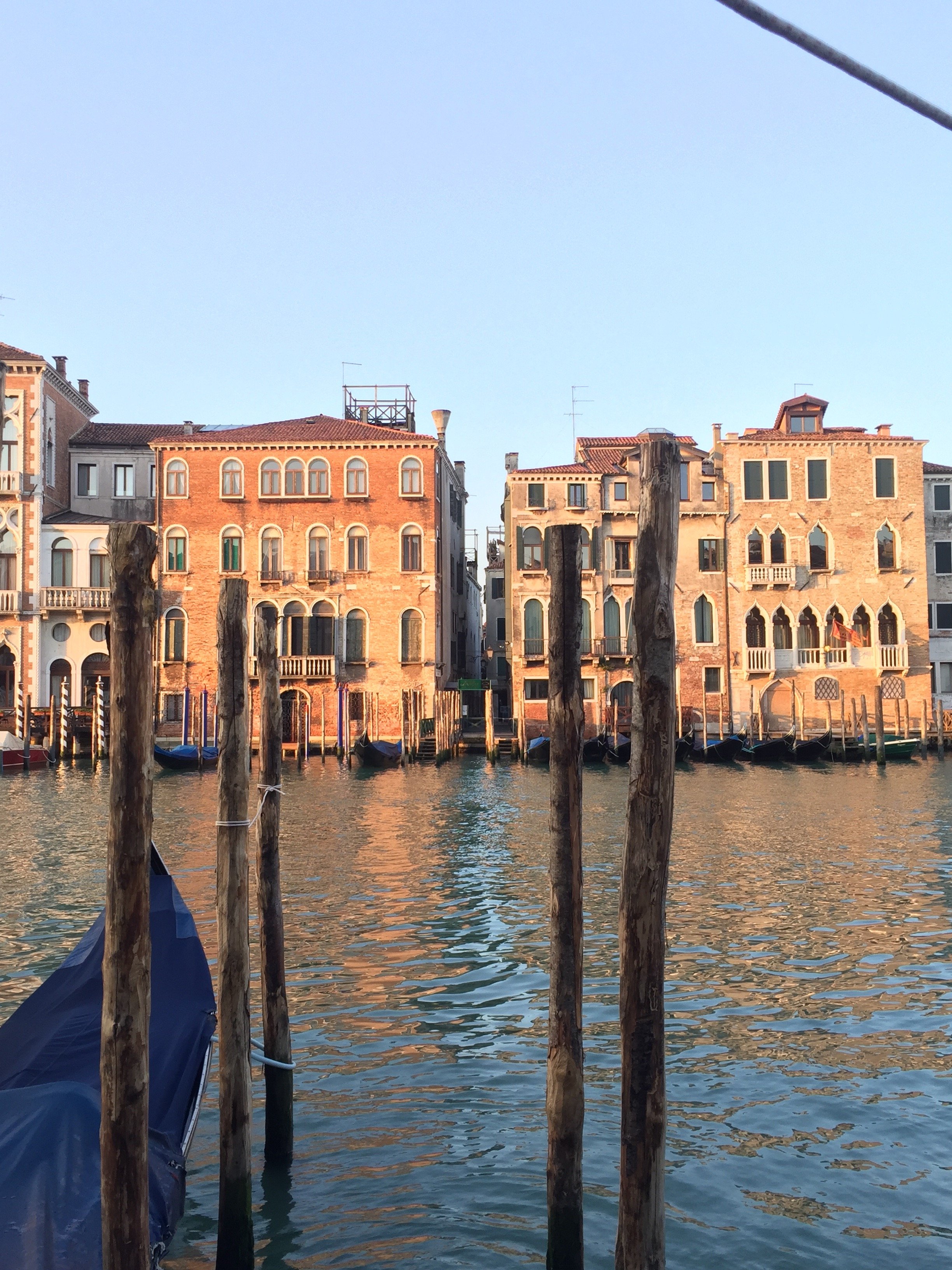
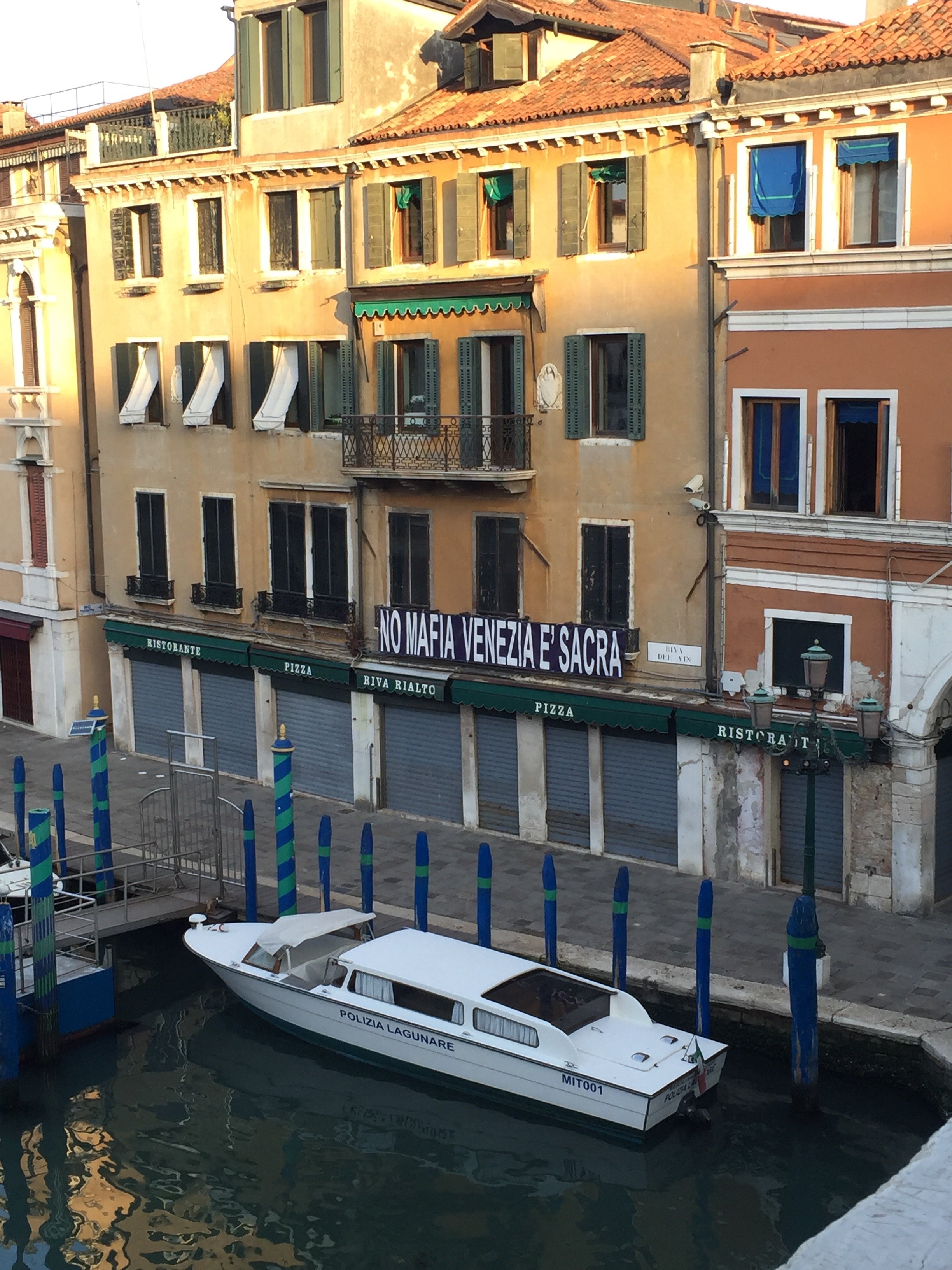
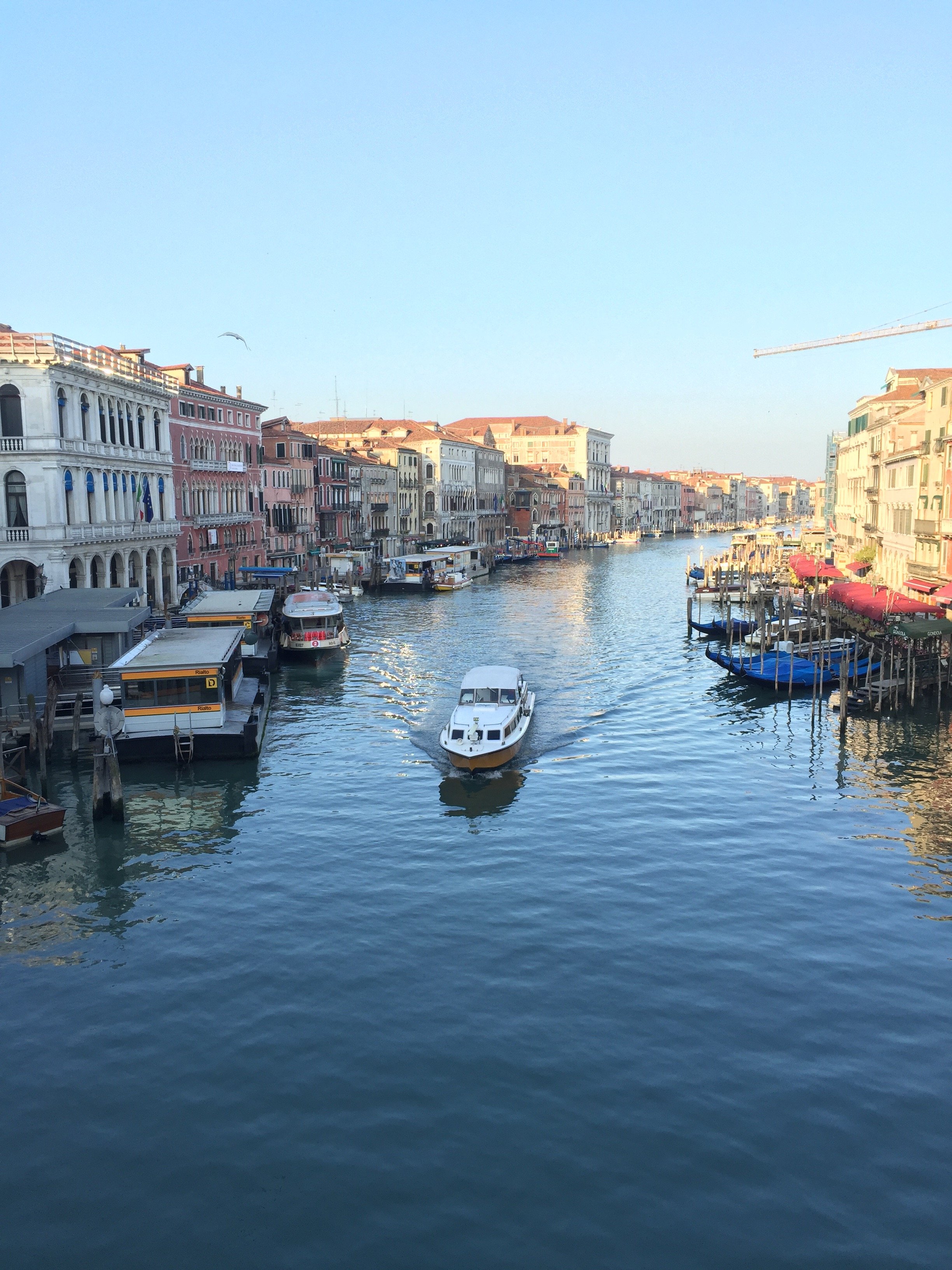 Erica and I had a delicious breakfast on the Bauer's rooftop terrace. We were picked up (on time!) and took a our boat to the Giardini (the gardens) to see more pavilions.
Erica and I had a delicious breakfast on the Bauer's rooftop terrace. We were picked up (on time!) and took a our boat to the Giardini (the gardens) to see more pavilions.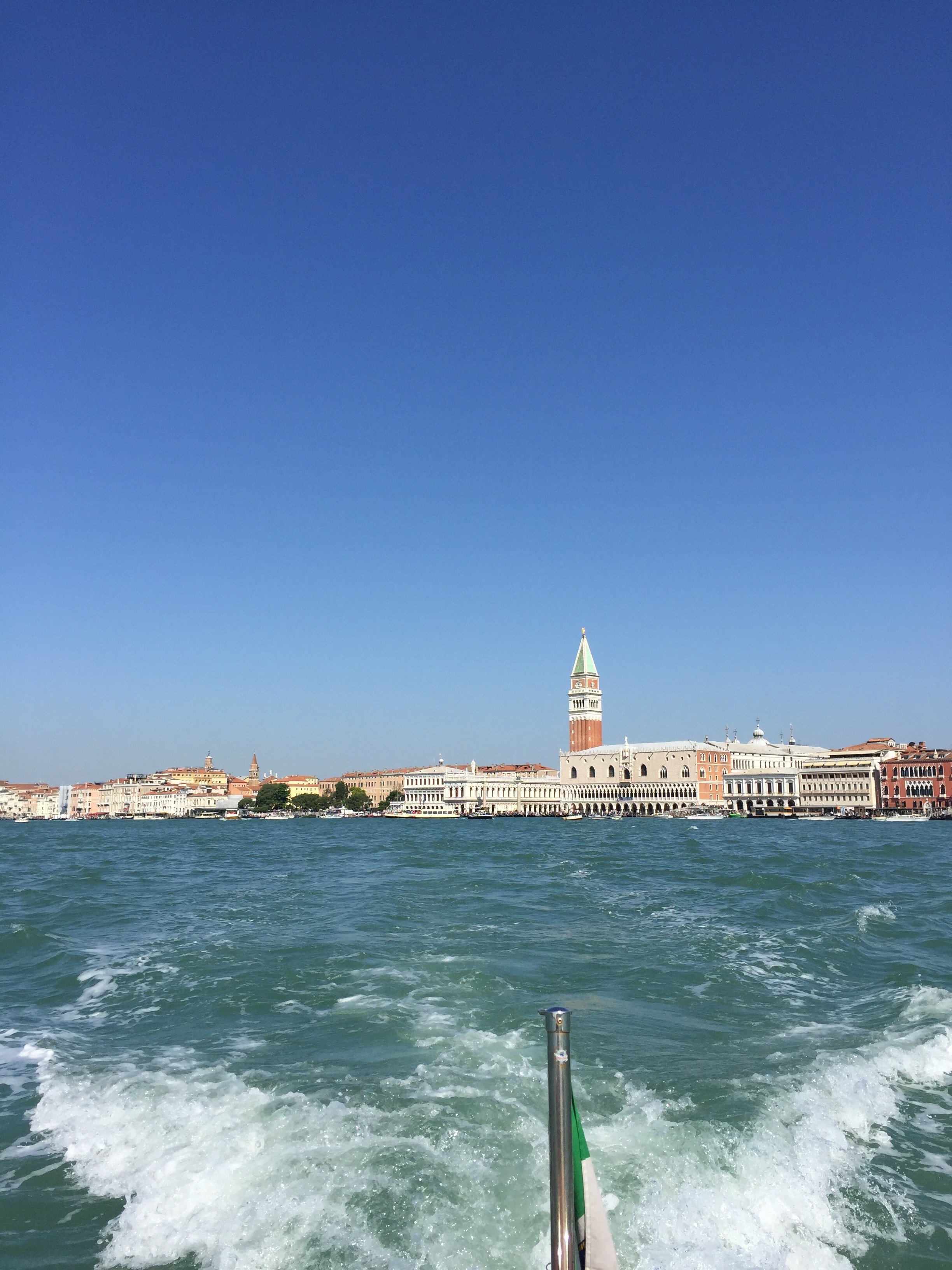
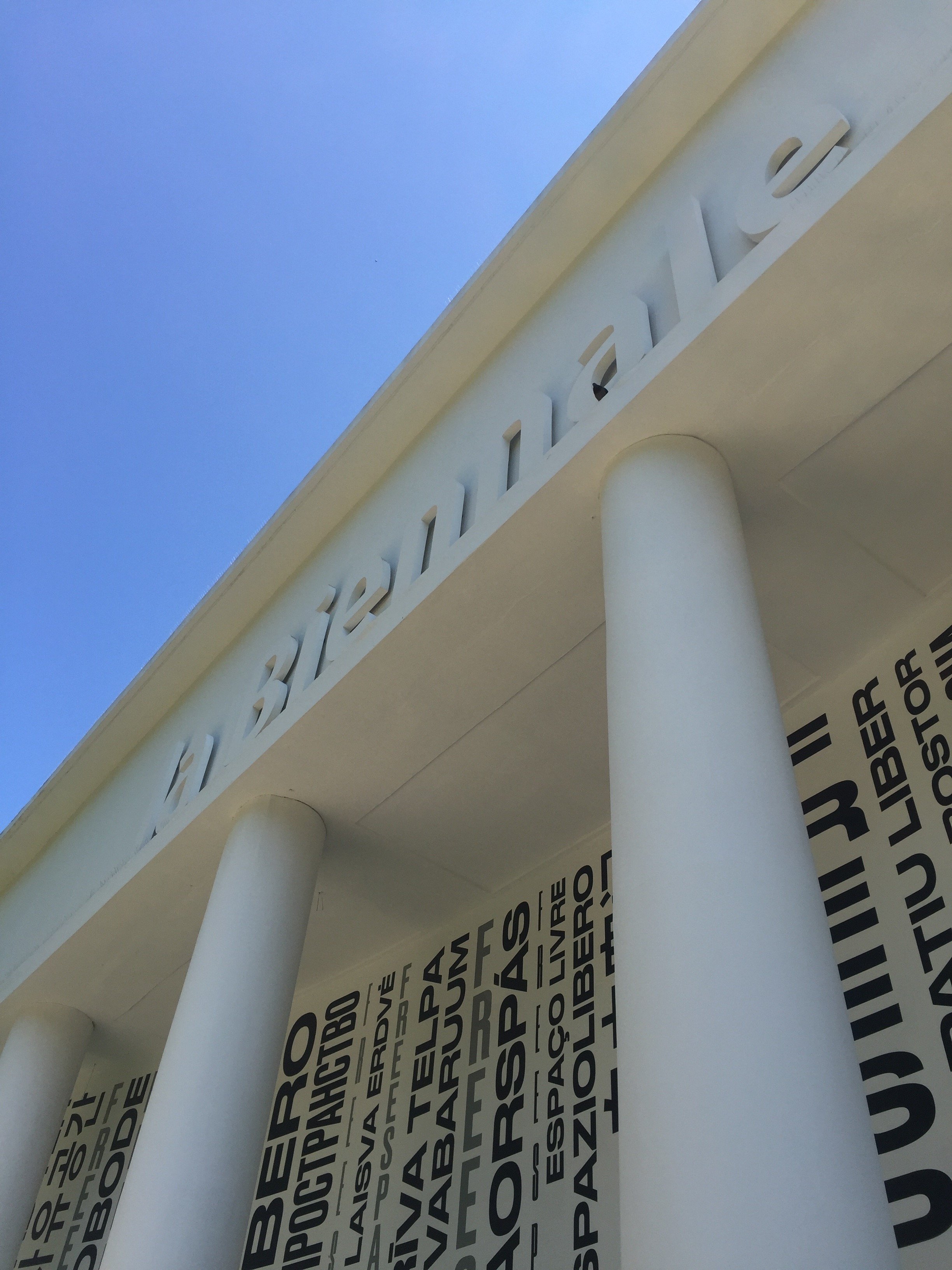
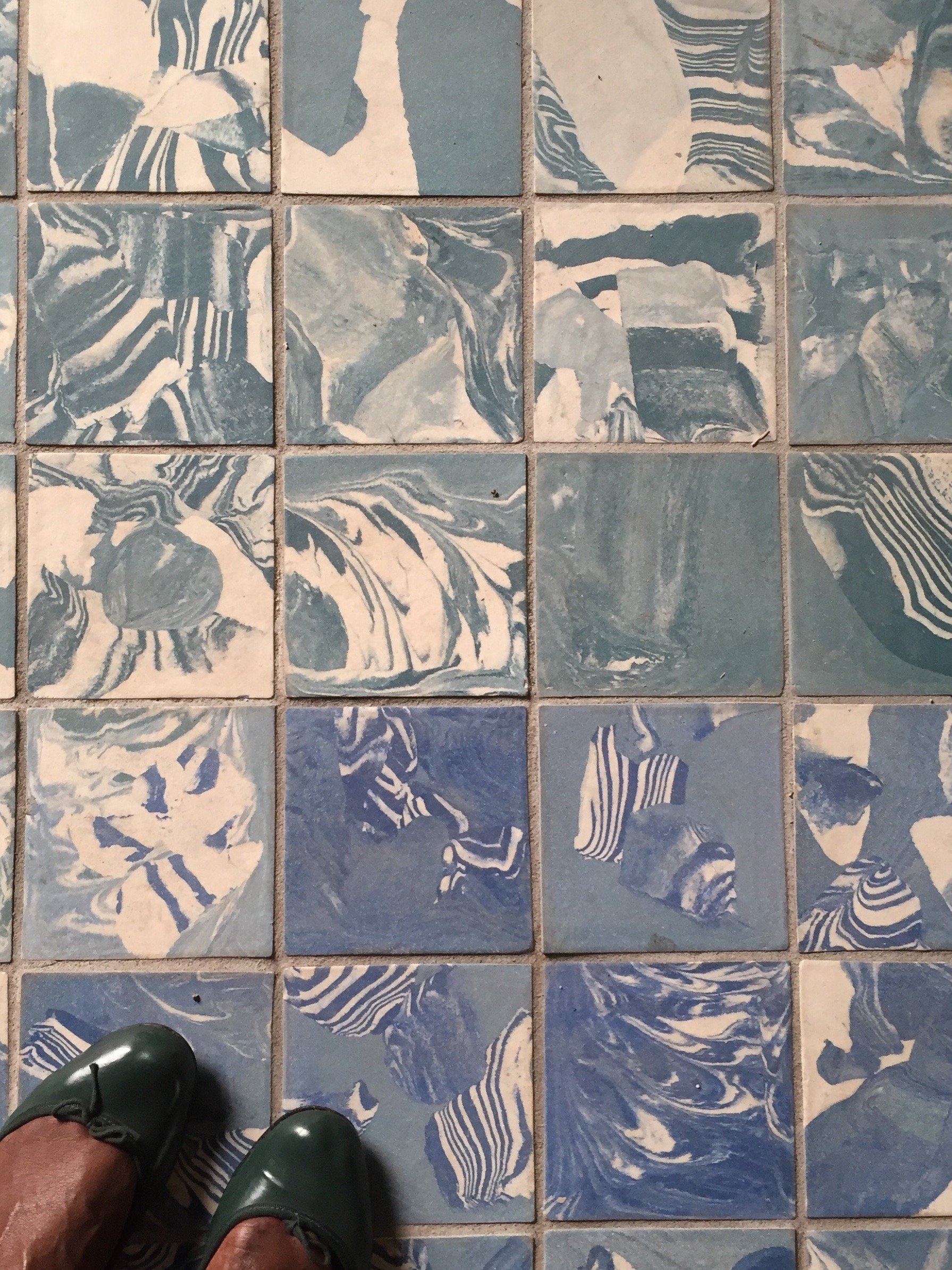 We had a guided tour of the Main Pavilion. I highly recommend checking it out. There was a very interesting scale of the NYC Project, one for a Los Angeles project, and several short films. Then we were on our own to see the rest. I have to say, I was fading fast. There was so much to take in. I missed many pavilions that I wanted to see, like Switzerland, and Antique & Barbuda. There wasn't enough time. Of the ones I made it to, America, Nordic (Finland, Norway, Sweden), Russia, France, were stand outs. I loved the roof top deck of Great Britain and France's wine set-up was very clever.
We had a guided tour of the Main Pavilion. I highly recommend checking it out. There was a very interesting scale of the NYC Project, one for a Los Angeles project, and several short films. Then we were on our own to see the rest. I have to say, I was fading fast. There was so much to take in. I missed many pavilions that I wanted to see, like Switzerland, and Antique & Barbuda. There wasn't enough time. Of the ones I made it to, America, Nordic (Finland, Norway, Sweden), Russia, France, were stand outs. I loved the roof top deck of Great Britain and France's wine set-up was very clever.
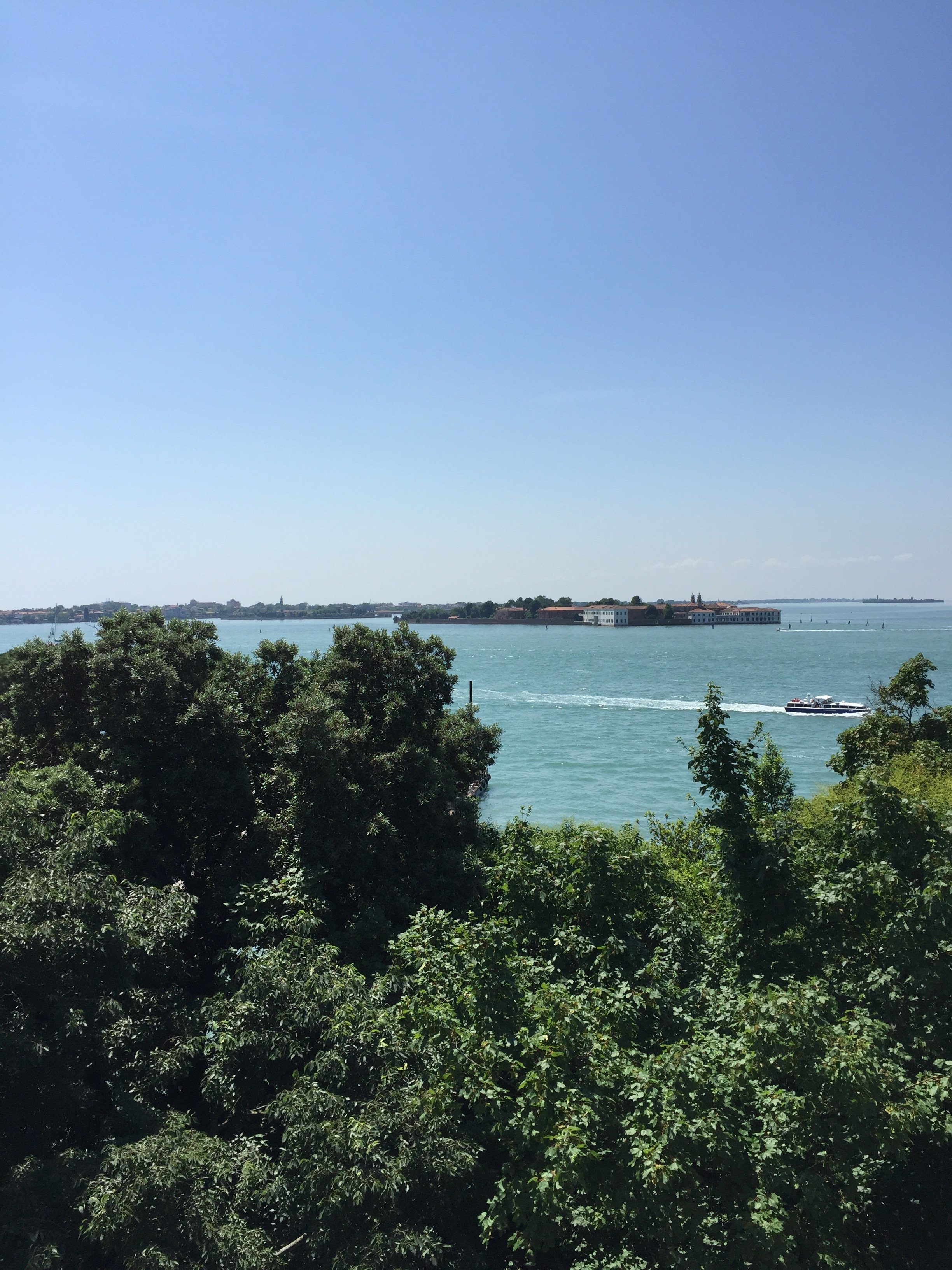
 The Russian theme was about train travel and how the largest country in the world is impacted by it. There are areas that are inaccessible by train and the country spans a few timezones, There was a short film, SEVEN DAYS IN SEVEN MINUTES, regarding a man's 9,300km/5780 miles train journey to Siberia. The Pavilion was transformed into a train station with several multimedia exhibits.The Nordic Pavilion dwelt with climate change. Visually this was one of the most interesting pavilions. The large balloons inflated and deflated depending on changing environmental conditions.The American theme was Dimensions of Citizenship, which really resonated with me. There was a fascinating short film, IN PLAIN SIGHT, that used data from global space sensors showing us how humans have organized our planet. It touched on last year's hurricane season and the difference between Houston's recovering and Puerto Rico's. I was blown away by the places that had large population but no lights, and other spots with a large electrical grid but it was used only for tourists or farming.We ended our trip with an delicious outdoor lunch at Corte Sconta. Corte Sconta means, "hidden courtyard". Our meals were included in the trip so I cannot tell you how the prices were. I get the sense that Corte Sconta was the pricier of the two but it wasn't stuffy.It was hot and walking over ten miles in one day got the best of me. By the time I had to meet our group, I was completely exhausted not really physically but it was information overload. It was a lot to process.It's an incredible experience and it was unique to have these conversations in a city like Venice. I was inspired by the architects and designers I met, the Pavilions, and of course the city itself. Grazie mille, Erica.To see more photos and videos from our short trip, I've saved them in my Instastories.The 16th International Architecture Exhibition runs until November 25th, 2018.
The Russian theme was about train travel and how the largest country in the world is impacted by it. There are areas that are inaccessible by train and the country spans a few timezones, There was a short film, SEVEN DAYS IN SEVEN MINUTES, regarding a man's 9,300km/5780 miles train journey to Siberia. The Pavilion was transformed into a train station with several multimedia exhibits.The Nordic Pavilion dwelt with climate change. Visually this was one of the most interesting pavilions. The large balloons inflated and deflated depending on changing environmental conditions.The American theme was Dimensions of Citizenship, which really resonated with me. There was a fascinating short film, IN PLAIN SIGHT, that used data from global space sensors showing us how humans have organized our planet. It touched on last year's hurricane season and the difference between Houston's recovering and Puerto Rico's. I was blown away by the places that had large population but no lights, and other spots with a large electrical grid but it was used only for tourists or farming.We ended our trip with an delicious outdoor lunch at Corte Sconta. Corte Sconta means, "hidden courtyard". Our meals were included in the trip so I cannot tell you how the prices were. I get the sense that Corte Sconta was the pricier of the two but it wasn't stuffy.It was hot and walking over ten miles in one day got the best of me. By the time I had to meet our group, I was completely exhausted not really physically but it was information overload. It was a lot to process.It's an incredible experience and it was unique to have these conversations in a city like Venice. I was inspired by the architects and designers I met, the Pavilions, and of course the city itself. Grazie mille, Erica.To see more photos and videos from our short trip, I've saved them in my Instastories.The 16th International Architecture Exhibition runs until November 25th, 2018.
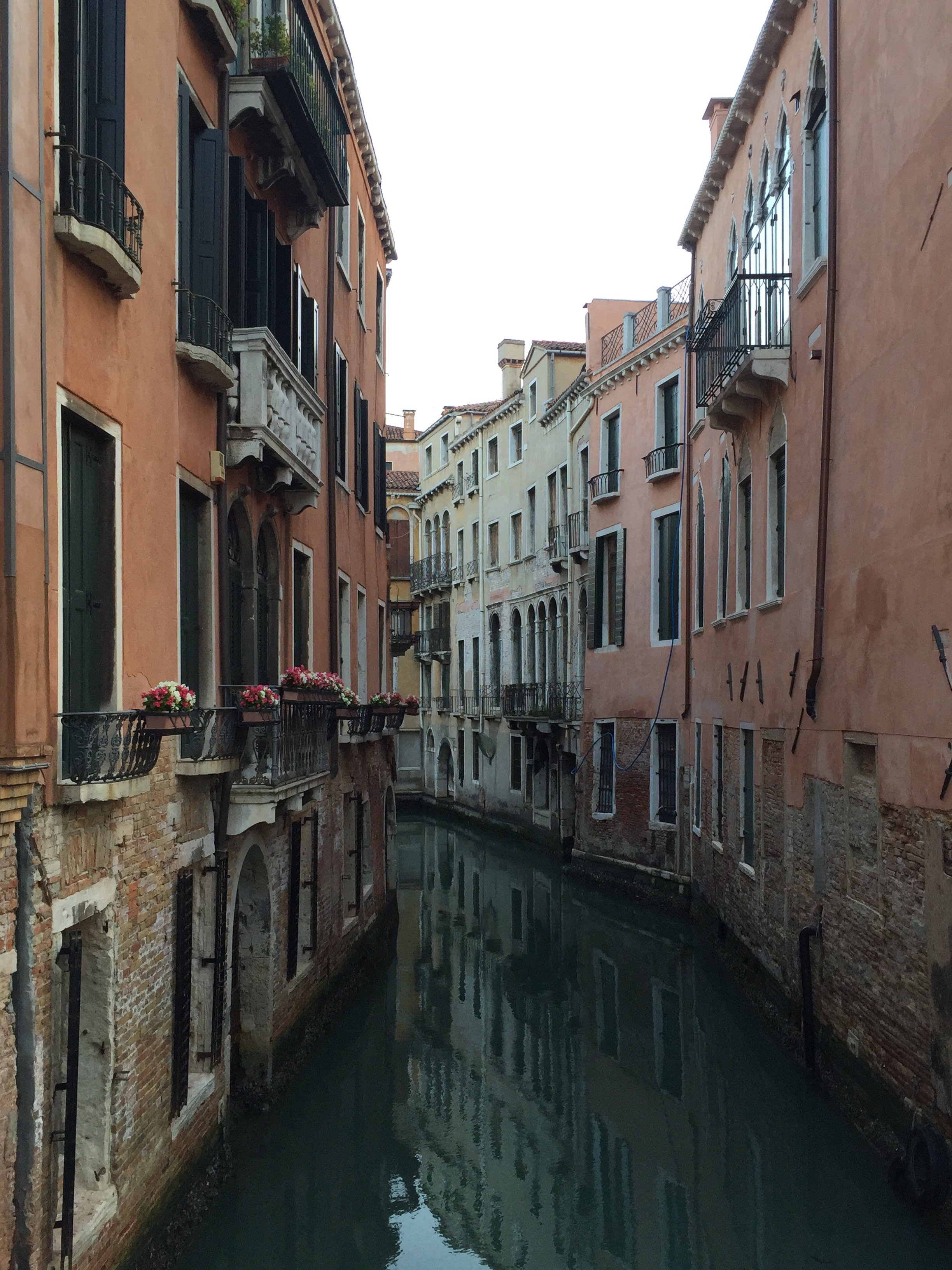
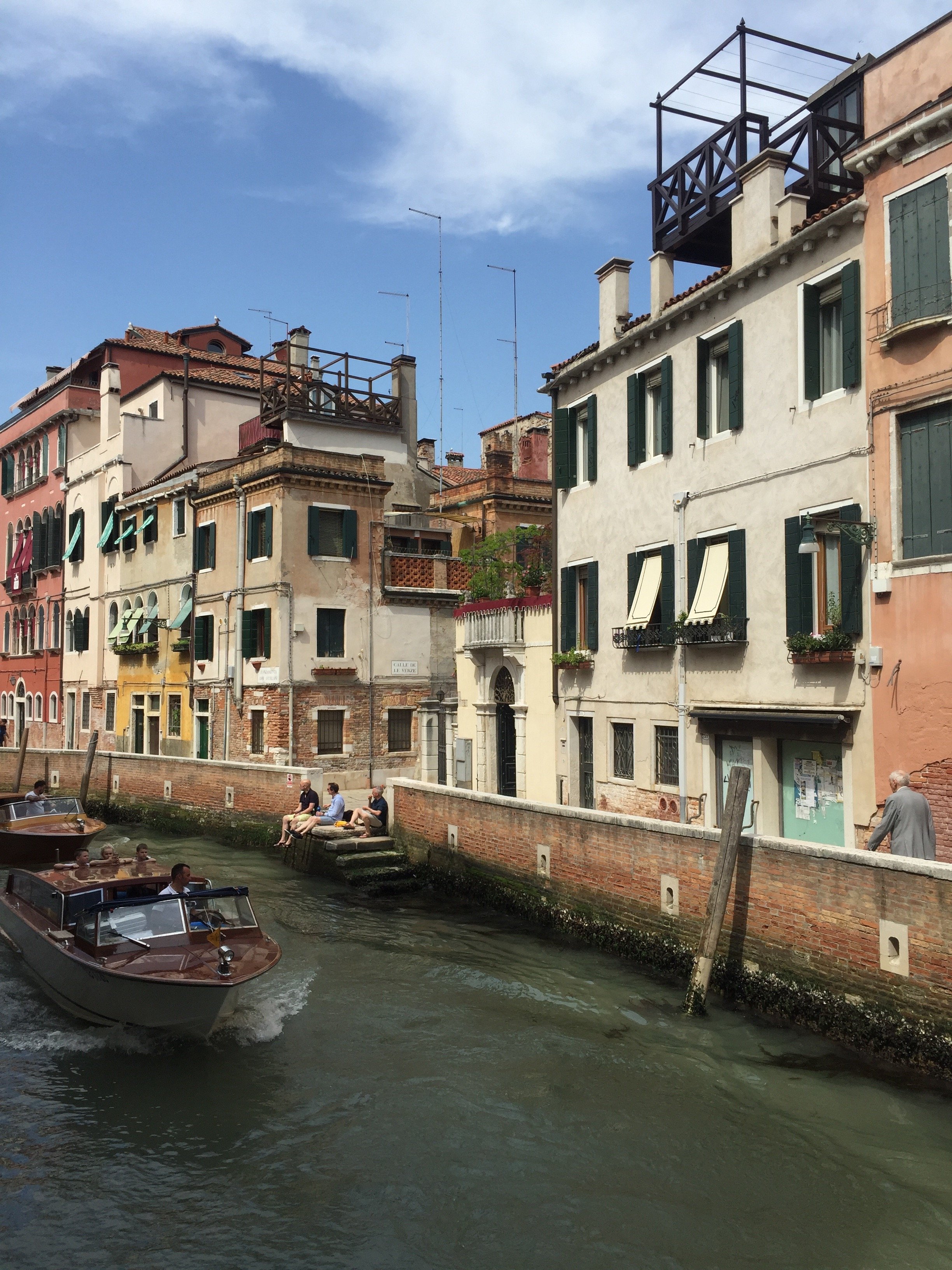

"See Naples and Die."
This is a phrase coined in the mid-1800s during the reign of the Bourbons. At the time Naples was the third most populous city in Europe after London and Paris. It was also one of the wealthiest.I prefer to agree with the original meaning of the phrase and not the "if you go to Naples you will die because it's so dangerous" image the city had for years.I first went to Naples in 2007 on a day trip during my second trip to Italy. I met the lovely Tracie P, then know as Tracie B. I don't believe that was almost eleven years ago! My last trip to Naples was with Erica in 2009. I thought it was four years ago at most.I cannot tell you how many people back then worried for my safety when I told them I was going to Naples. One friend said he hated the place as he was mugged literally five minutes after he walked out of the main train station. Naples was mentioned in the international press mostly for its pizza, the mafia, and a major garbage problem. During both trips I could count the number of American tourists on one hand. One famous guidebook said if Rome was overwhelming, don't go further south. Naples is Rome squared.I loved the energy of Naples during those early trips, even with the garbage situation. There's no place like it. It reminded me a little of pre-Disneyfied New York City.Not sure what the heck took me so long to return but I was shocked at the change. The city is cleaner than Rome. There are more American tourists. Fuelled in part by the popoluarity of the Ferrante book series, the international press is writing about the great things happening in Naples. Naples is "in". Are there still problems, yes. I recommend using the same precautions you would in any major, densely populated city. Leave the fancy watches, rings, etc at home or in your hotel safe.I wasn't as overwhelmed during this trip. It could be because I live in a walking city again whereas during my the first trip i was coming from Los Angeles where your car is a cocoon. I'd visited the archeological museum and Castel Nuovo on those trips. I wanted to see a few places I missed.My first stop was the Museo Capella Sansevero. You buy your ticket (€7) at the small nearby center/office . There was a long line to enter but it moved quickly. You cannot take any photos inside. It's not the easiest to find. It's on a small side street but my Google maps was on point.This is a church I would return to again, maybe in the dead of winter/off season so I could have more time to take it all in. I now understand why the Veiled Christ by Giuseppe Sanmartino is considered one of the most incredible sculptures in the world.I know this is all marble yet I have a hard time believing it. Prince Raimondo di Sangro commissioned the young Sanmartino to create this work for his family's chapel. The Prince was a well-known alchemist and bold experimentalist. There are several other incredible works in the chapel inculding a poignant Pudicizia by Antonio Corradini, whose veiled female figure next to a cracked plaque, honors Raimondo's mother, Cecilia Gaetani d’Aquila d’Aragona. He was only 11 months old when she died.
Prince Raimondo di Sangro commissioned the young Sanmartino to create this work for his family's chapel. The Prince was a well-known alchemist and bold experimentalist. There are several other incredible works in the chapel inculding a poignant Pudicizia by Antonio Corradini, whose veiled female figure next to a cracked plaque, honors Raimondo's mother, Cecilia Gaetani d’Aquila d’Aragona. He was only 11 months old when she died.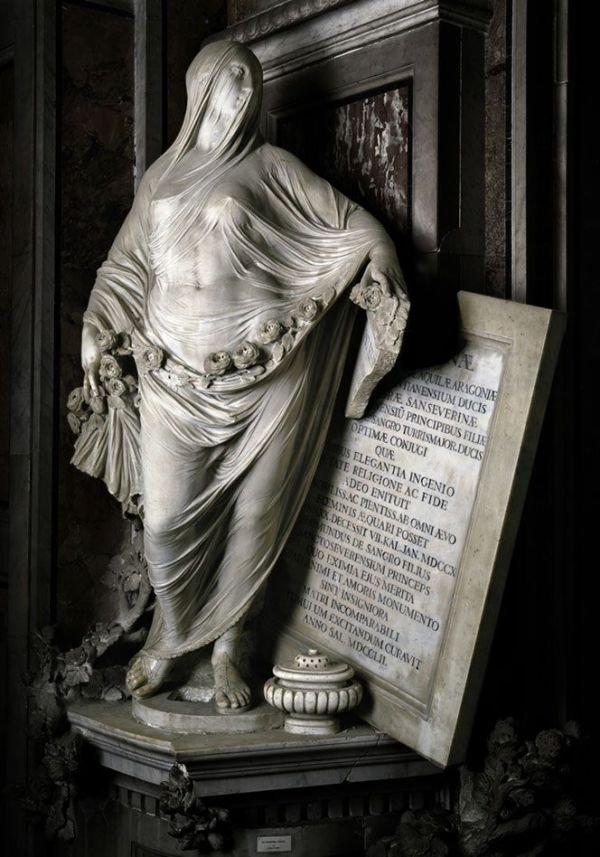 There's a little room downstairs. Folks, once I descended down the narrow iron staircase I was shook. There are two skeletins, a man and a woman. They are encased in what looks like perfectly preserved human arterial systems. Over two centuries ago, Dr. Giuseppe Salerno from Palermo, along with the Prince, created theses anatomical works. There were/are all kinds of rumors as to how these bodies came to be. Word was that the Prince killed members of his staff, injecting them with liquid while they were still alive. Others said the arterial systems are reproductions. They are fascinating and creepy. No Google search for photos. Nope. Cannot.
There's a little room downstairs. Folks, once I descended down the narrow iron staircase I was shook. There are two skeletins, a man and a woman. They are encased in what looks like perfectly preserved human arterial systems. Over two centuries ago, Dr. Giuseppe Salerno from Palermo, along with the Prince, created theses anatomical works. There were/are all kinds of rumors as to how these bodies came to be. Word was that the Prince killed members of his staff, injecting them with liquid while they were still alive. Others said the arterial systems are reproductions. They are fascinating and creepy. No Google search for photos. Nope. Cannot.  I got lost and went into many churches as I made my way to the restaurant Antica Osteria Pisano. Thanks for the suggestion, Gina. The restaurant is in the Historic Center on the cusp of the Forcella neightbhood. If you've watched the third season of GOMORRA you're familiar with this mural of San Gennaro, the patron saint of Naples.
I got lost and went into many churches as I made my way to the restaurant Antica Osteria Pisano. Thanks for the suggestion, Gina. The restaurant is in the Historic Center on the cusp of the Forcella neightbhood. If you've watched the third season of GOMORRA you're familiar with this mural of San Gennaro, the patron saint of Naples.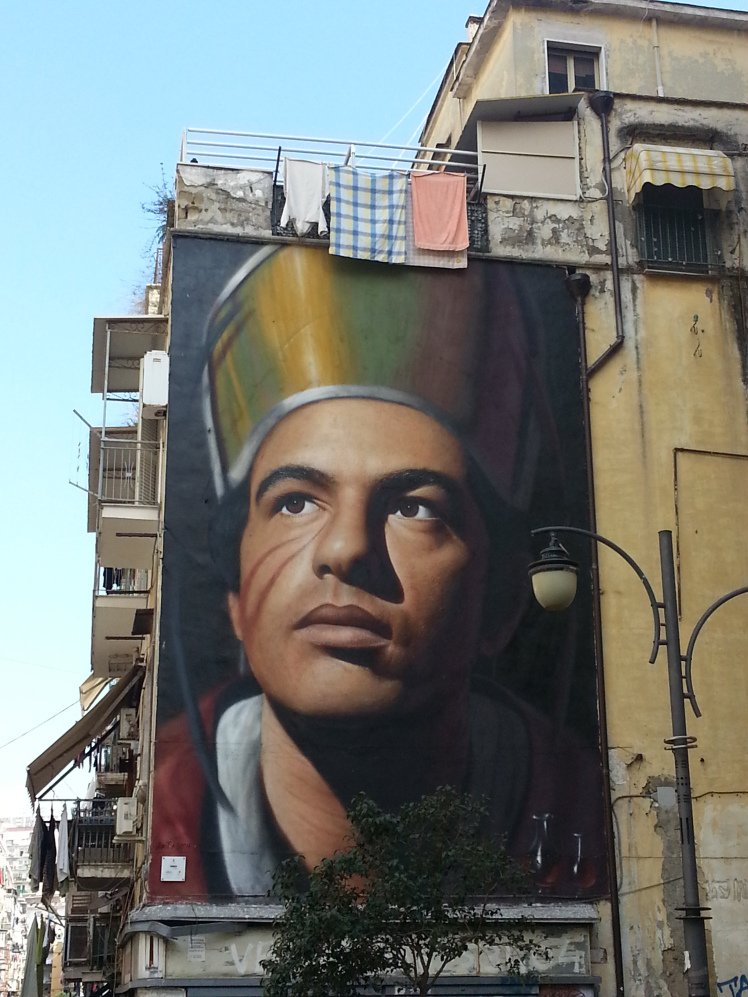 I asked about the pasta of the day. It was Rigatoni alla Bolognese. I was skeptical about ordering this dish outside of Bologna but Gennaro (one of the owners) told me it was delicious. He was correct.I walked off my pasta getting lost on the way to Palazzo Reale. I had the palace on my list but never made it during my last two trips.I listened to the audioguide. I highly recommend it as the history of this palace is fascinating. The palace suffered some major damage during WWII but you can still get a sense of the wealth and presitage of the era.Located in Piazza del Plebiscito, the outside is understated. I was not prepared for this.
I asked about the pasta of the day. It was Rigatoni alla Bolognese. I was skeptical about ordering this dish outside of Bologna but Gennaro (one of the owners) told me it was delicious. He was correct.I walked off my pasta getting lost on the way to Palazzo Reale. I had the palace on my list but never made it during my last two trips.I listened to the audioguide. I highly recommend it as the history of this palace is fascinating. The palace suffered some major damage during WWII but you can still get a sense of the wealth and presitage of the era.Located in Piazza del Plebiscito, the outside is understated. I was not prepared for this.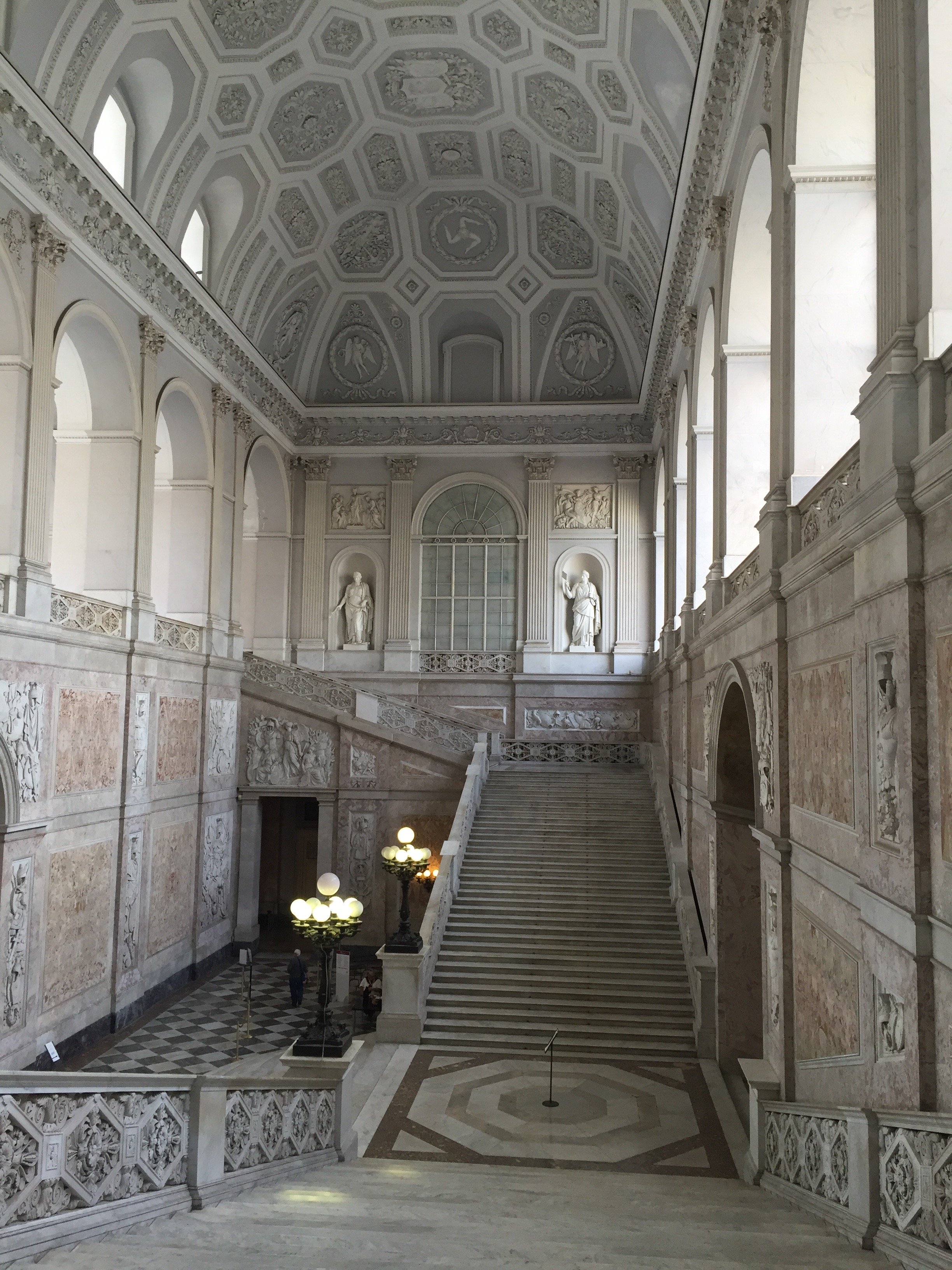 Or this.
Or this.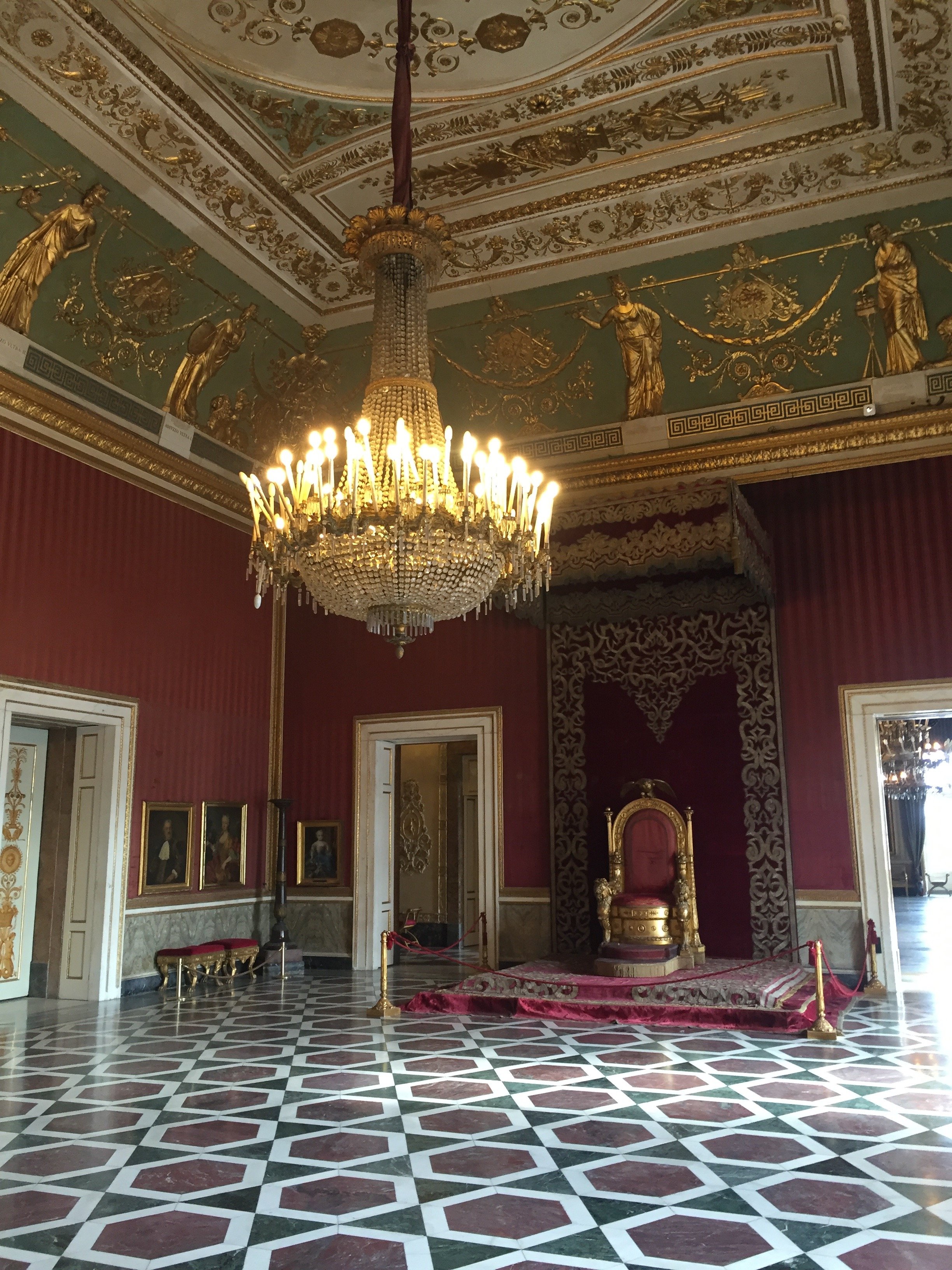 I was overwhelmed by the beauty and will have to write a seperate post about the interiors and history of this palace.The seafront is very close to this piazza, just down the hill. I decided to walk along the sea on my way to the Chiaia neighborhood. A large section of the Lungamare is a car-free zone. This was started in 2012 and what a great idea. People, mostly locals, were out and about enjoying the sunny weather. There are plenty of caffes and restaurants
I was overwhelmed by the beauty and will have to write a seperate post about the interiors and history of this palace.The seafront is very close to this piazza, just down the hill. I decided to walk along the sea on my way to the Chiaia neighborhood. A large section of the Lungamare is a car-free zone. This was started in 2012 and what a great idea. People, mostly locals, were out and about enjoying the sunny weather. There are plenty of caffes and restaurants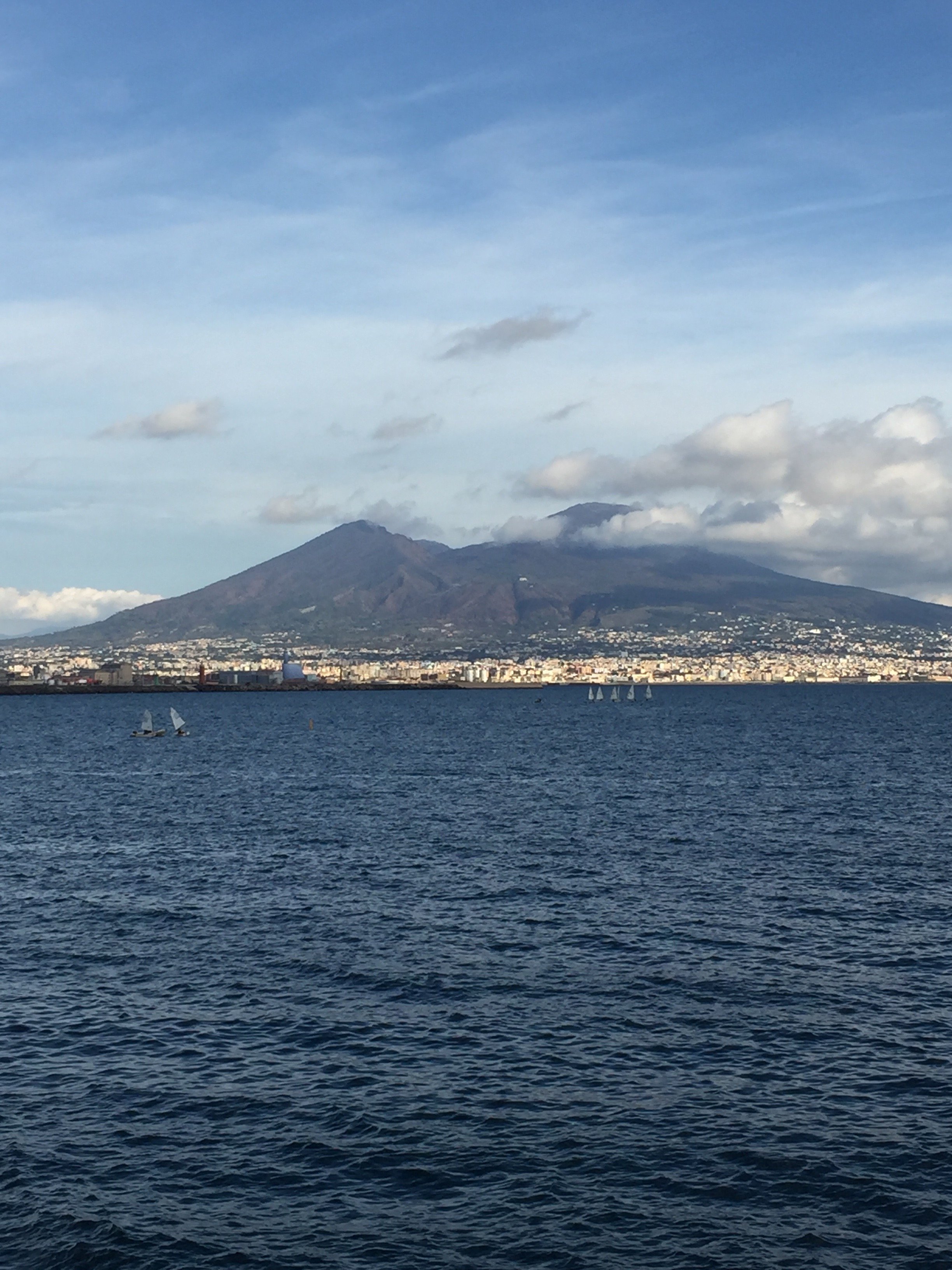 I didn't get to spend much time in the Chiaia area because I had to catch my return train. Chiaia is an upscale neighborhood where you find your luxury local shops and some of the international brands like Prada. I popped into a small enoteca, Belledonne, for a glass of wine. It was excellent and €6.I made my way to the closet Metro stop. I found the signage a little confusing but asked for directions.I took the fast Italo train. It's only an hour and usually there are great deals during the week for same day travel. I really need to spend more time in Naples.Photos: Me and my iPhone unless noted
I didn't get to spend much time in the Chiaia area because I had to catch my return train. Chiaia is an upscale neighborhood where you find your luxury local shops and some of the international brands like Prada. I popped into a small enoteca, Belledonne, for a glass of wine. It was excellent and €6.I made my way to the closet Metro stop. I found the signage a little confusing but asked for directions.I took the fast Italo train. It's only an hour and usually there are great deals during the week for same day travel. I really need to spend more time in Naples.Photos: Me and my iPhone unless noted
Eat, Pray, Move - Tuscany
I stopped practicing yoga over fifteen years ago after I seriously injured my right wrist. I was taking "Power Yoga" classes and I don't think I paid enough attention to what was going on with my body.I couldn't focus long enough in class. My mind was always racing, thinking about all the things I had to do or didn't do. The injury was a convenient excuse to say, "arriverderci" to yoga.I've known Erin for over eleven years. We met via our former blogs before meeting in person and we moved to Italy at the same time. Erin was on a sabbatical in Florence for a year or so and then moved back to the States. She returned frequently and we would always try to see each other. I remember when she started Eat, Pray, Move, Yoga seven years ago. She began with one retreat in Tuscany and over the years has added more locations. In 2014 she left her corporate job and now she holds on average sixteen retreats in nine countries, Italy (multiple locations) France, Spain, Croatia, Iceland, Morocco, Indonesia, India, and Japan. The latter she added this year.It's very inspiring to see how Erin has built this wonderful life and business from scratch. She has tapped into something very special.Last month I had the opportunity to see, in person, what Erin's accomplished. I was worried about the yoga. I had asked her in the past if it would bad form to go to a yoga retreat and pass on doing the yoga (ha). Erin assured me that all levels (including those with no experience) were welcome and that participation in all activities was optional.It was an incredible experience and I'm already planning my next retreat. This retreat was yoga and art. It was held at a country house right on the border of Tuscany and Umbria. I took the train into Chiusi, where I met the other participants. Julian and Erin picked us up.The house, Siliano Alto, is part of the “Le Coste” Estate (a 1500 acre protected nature and hunting reserve), and dates back to around 1760. Other sections were added in the 19th and 20th centuries. During the Second World War the house was used as a billet for German soldiers until it suffered a direct hit on the front side from an American bombing raid. After the War, the house was home to the farmers who worked on the estate. Five separate families lived upstairs and cows, horses and pigs were kept in the cantinas below. Julian and his family moved to the property in 2006 and began a two-year restoration project before opening up for art courses.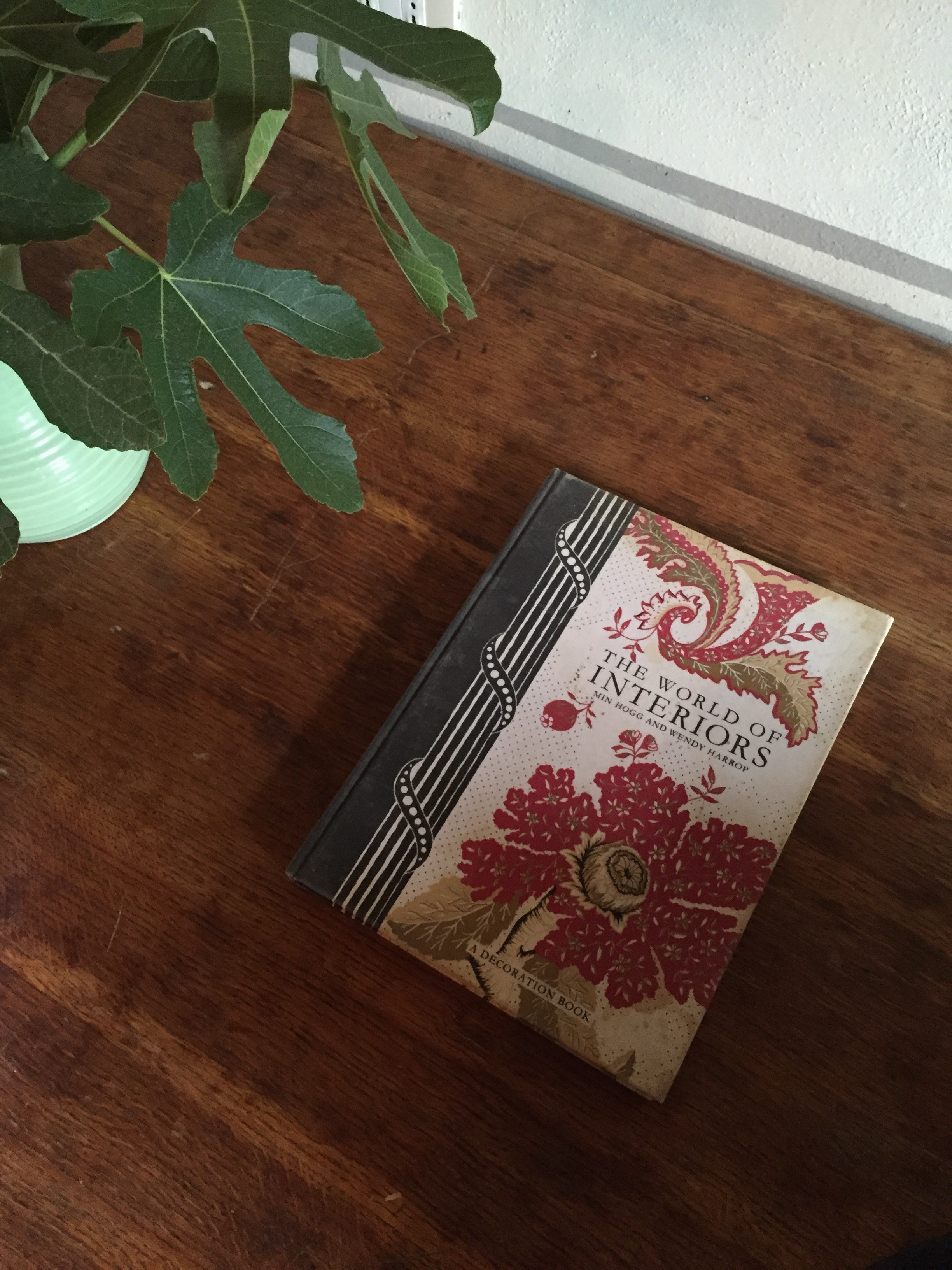
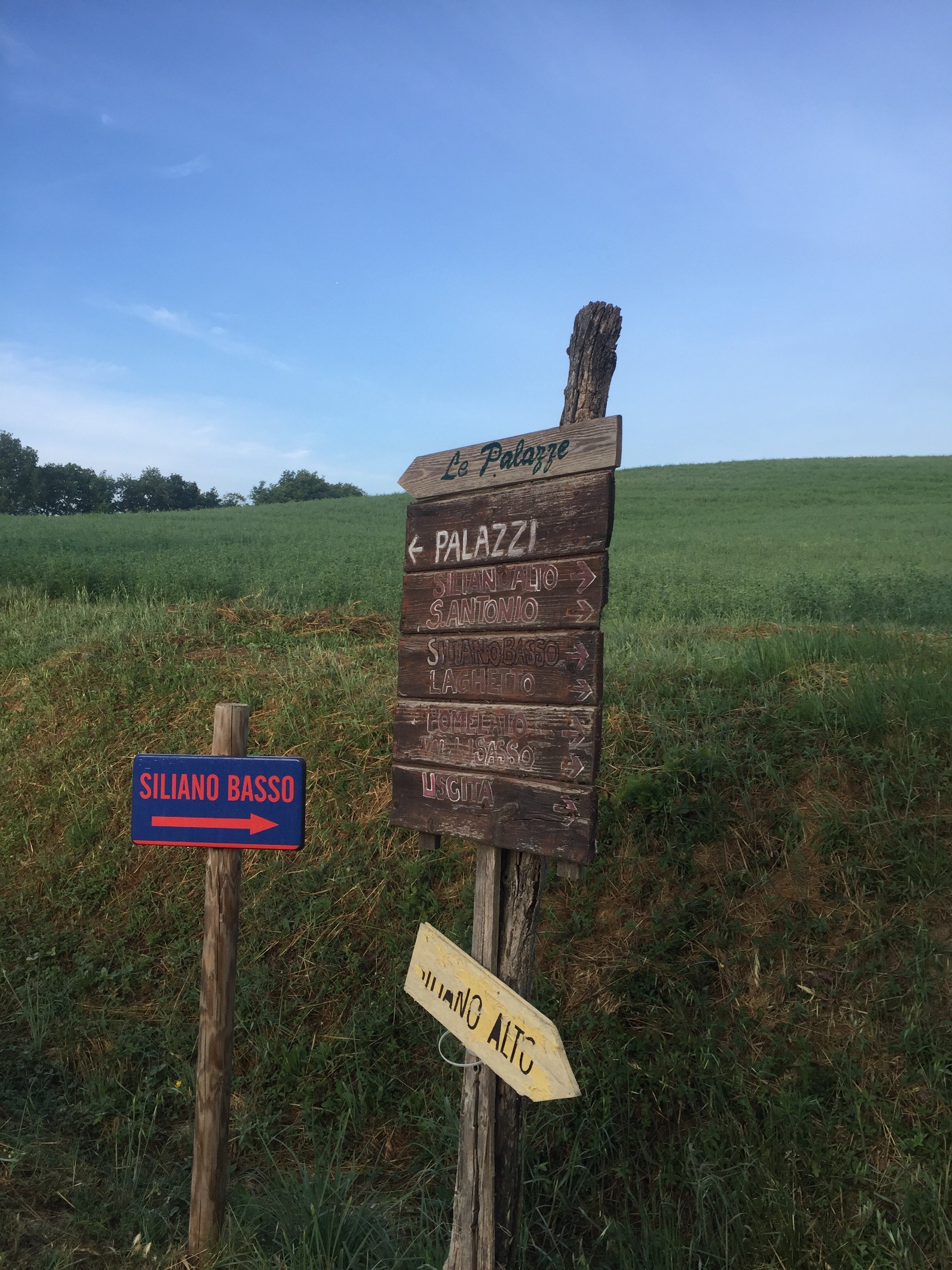
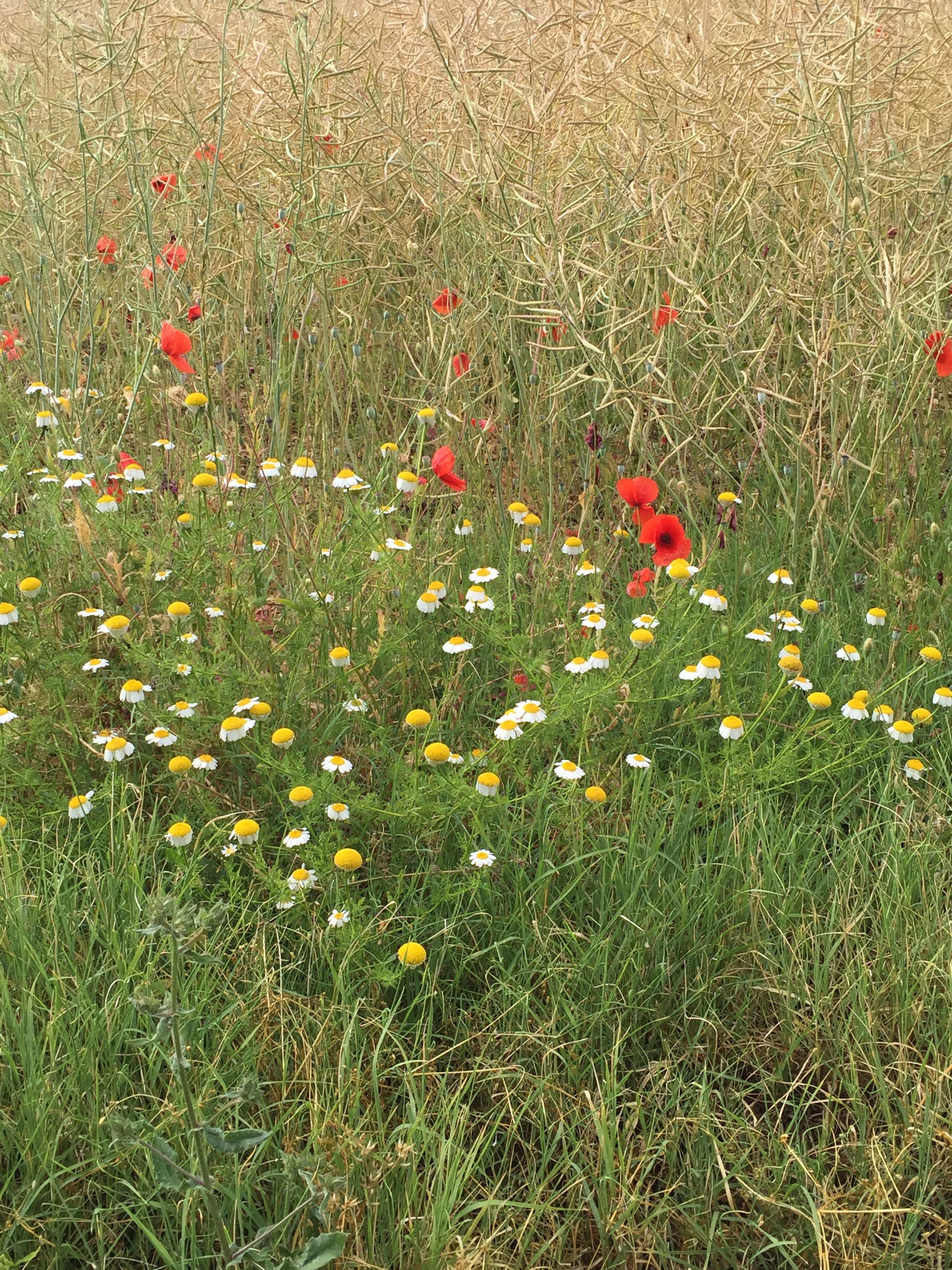
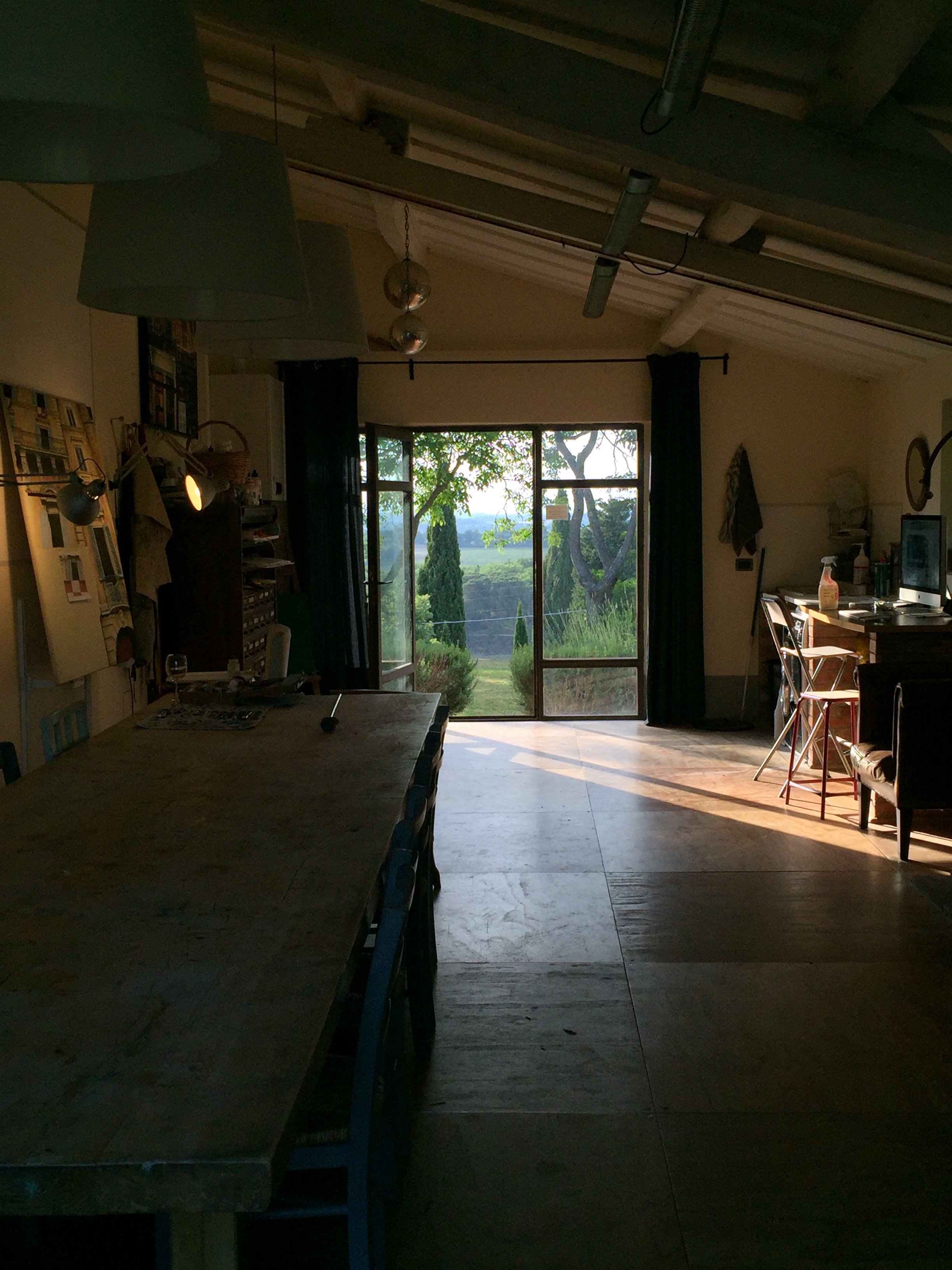 The location was wonderful with beautiful views and incredible sunsets. I was told that some wild boars were hanging out by our doors during the first night. I didn't hear them, which is a good thing.
The location was wonderful with beautiful views and incredible sunsets. I was told that some wild boars were hanging out by our doors during the first night. I didn't hear them, which is a good thing.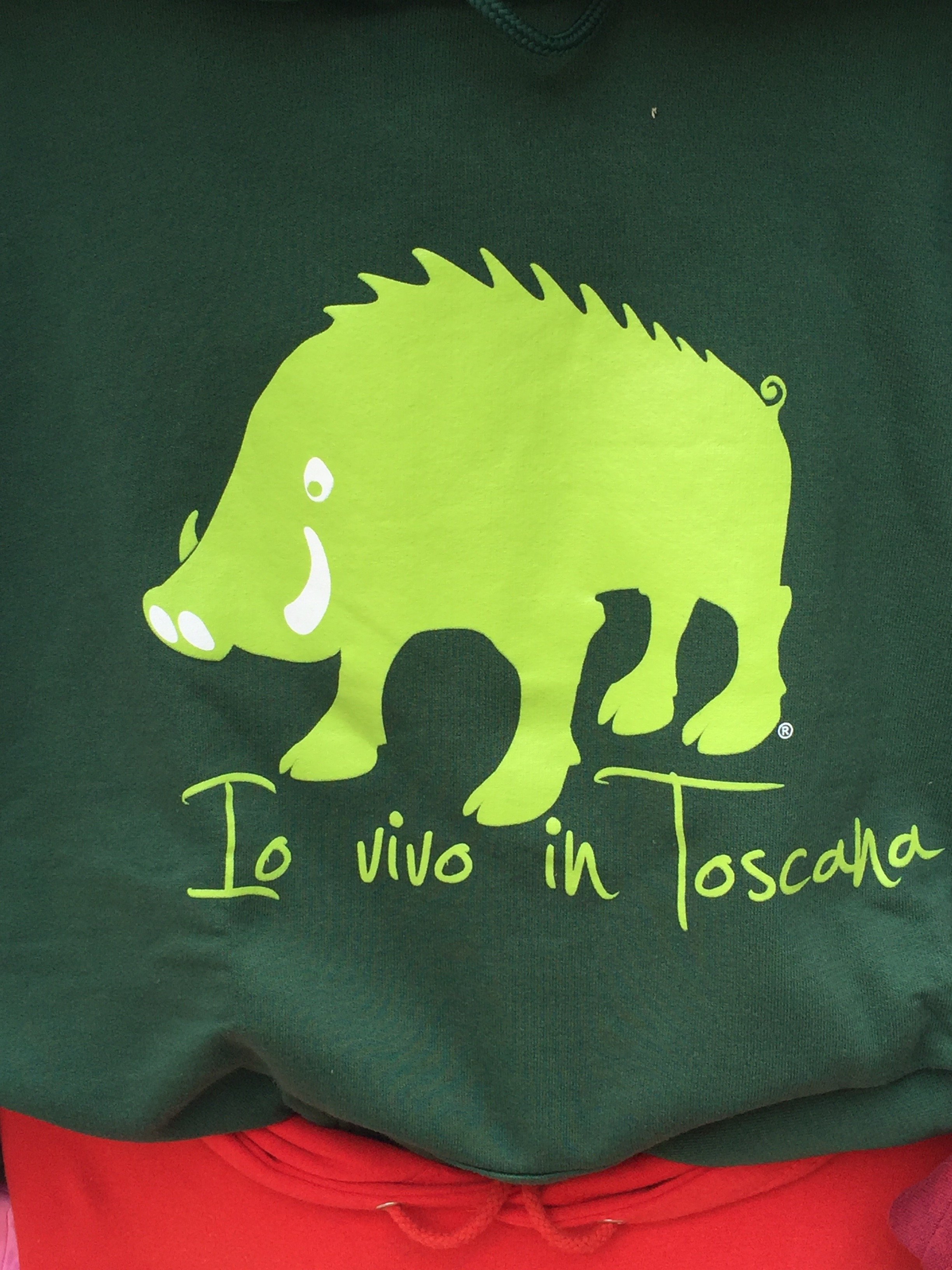
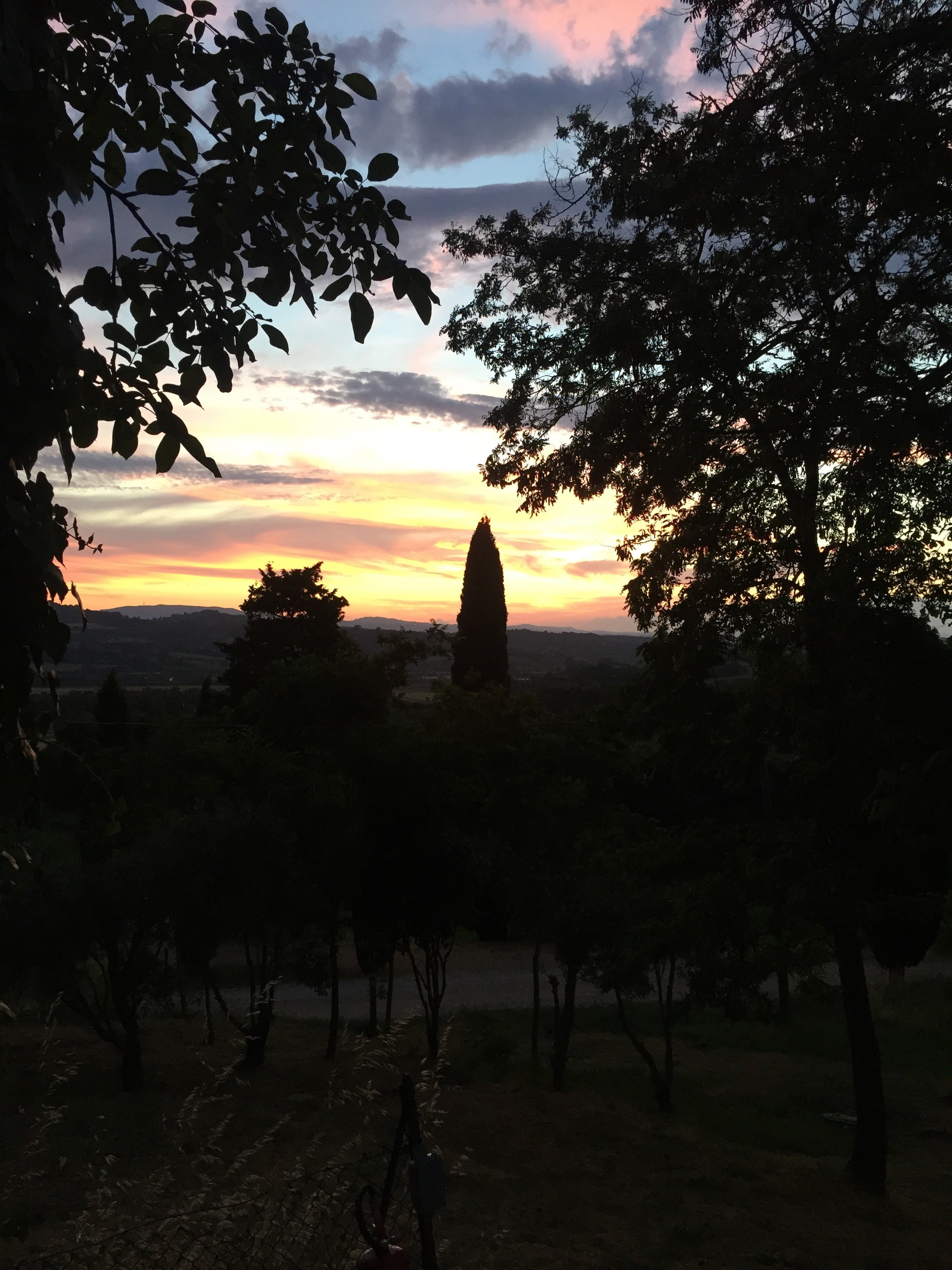 I appreciated this welcome aperitivi.
I appreciated this welcome aperitivi.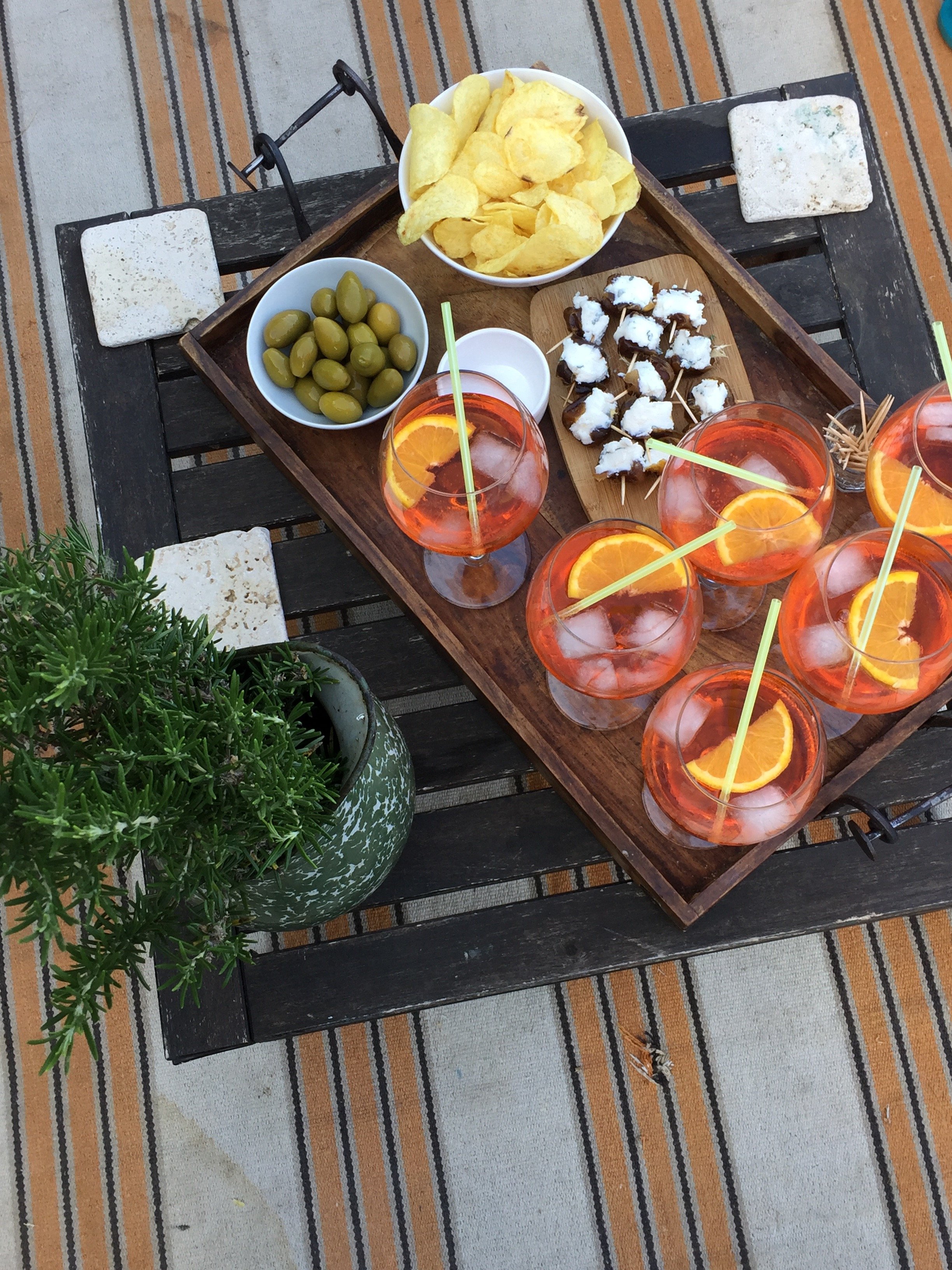 During the welcome Erin went over the week's schedule was (there was a print out as well). I couldn't stay the entire week because of a work commitment back in Rome. There's plenty of free time built into the schedule. Breakfast and dinners are included, along with some lunches.The food is vegetarian and delicious. I didn't miss eating meat or fish at all. If you must get your meat-eating on, it's possible to so during the lunches that are not provided.
During the welcome Erin went over the week's schedule was (there was a print out as well). I couldn't stay the entire week because of a work commitment back in Rome. There's plenty of free time built into the schedule. Breakfast and dinners are included, along with some lunches.The food is vegetarian and delicious. I didn't miss eating meat or fish at all. If you must get your meat-eating on, it's possible to so during the lunches that are not provided.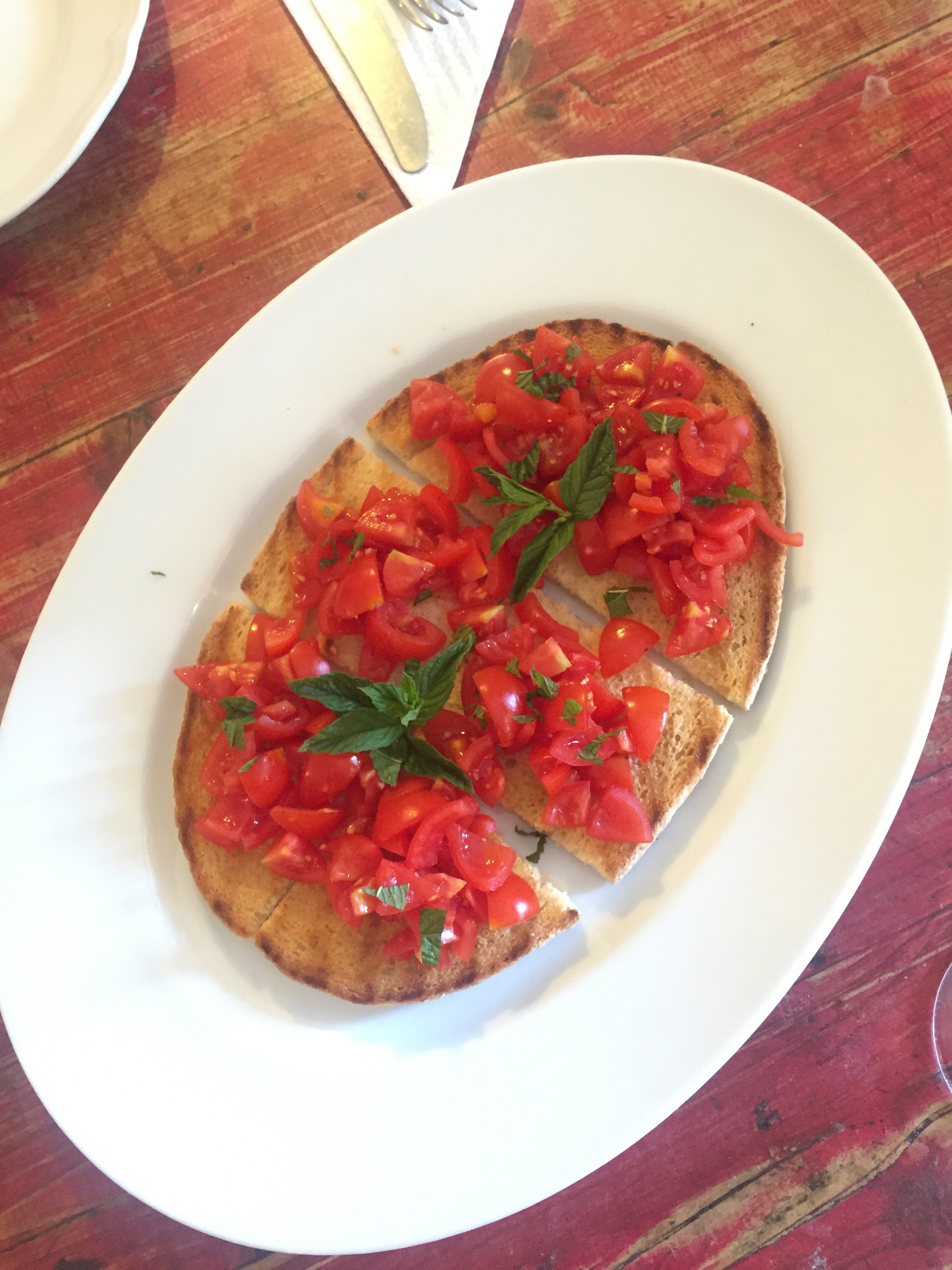
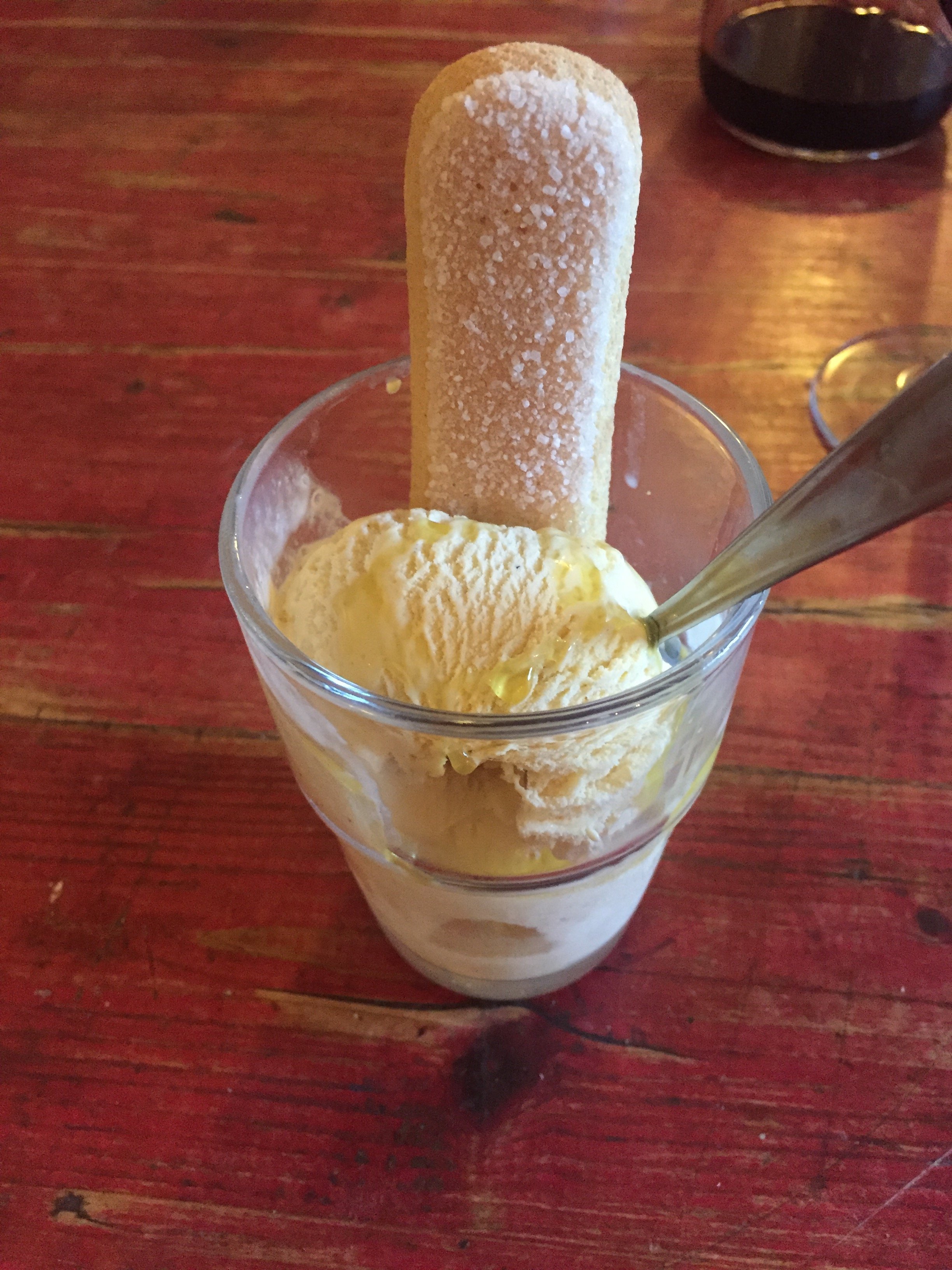 Erin is a certified yoga instructor and the morning classes usually start at 8:00 a.m. and last an hour and fifteen minutes. I'll be honest, I was struggling to get through our first class. I kept thinking about how hungry I was, Idris Elba, and work stuff. I couldn't get it together. Erin was great, checking our poses. If there was one movement that was too difficult for some of us in the class, she would suggest an easier one. The next day my abs were on fire.
Erin is a certified yoga instructor and the morning classes usually start at 8:00 a.m. and last an hour and fifteen minutes. I'll be honest, I was struggling to get through our first class. I kept thinking about how hungry I was, Idris Elba, and work stuff. I couldn't get it together. Erin was great, checking our poses. If there was one movement that was too difficult for some of us in the class, she would suggest an easier one. The next day my abs were on fire.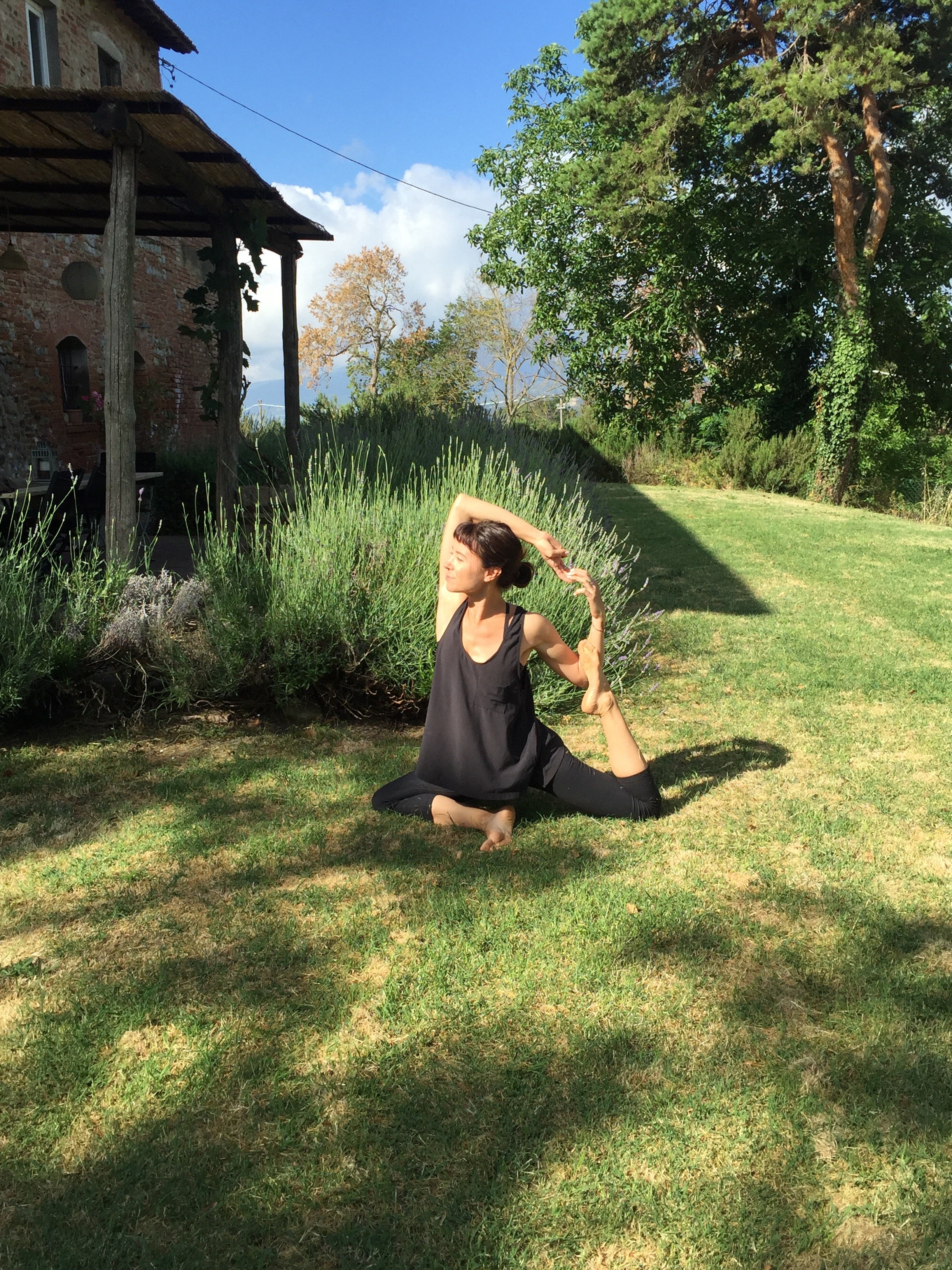 The second day I had some fruit before class and made more of an effort to focus. Anytime I felt my mind starting to race again, I pumped the brakes. By the time I left the retreat, I was able to make through an entire class without any distractions.The non-yoga part of the retreat was fantastic as well. We visited the town of Chiusi where Julian, who is an artist and art teacher, gave us an excellent tour. We had pizza in town with the perfect crust. We also drove to the small borgo of Panicale and had a fun wine and olive oil tasting.
The second day I had some fruit before class and made more of an effort to focus. Anytime I felt my mind starting to race again, I pumped the brakes. By the time I left the retreat, I was able to make through an entire class without any distractions.The non-yoga part of the retreat was fantastic as well. We visited the town of Chiusi where Julian, who is an artist and art teacher, gave us an excellent tour. We had pizza in town with the perfect crust. We also drove to the small borgo of Panicale and had a fun wine and olive oil tasting.
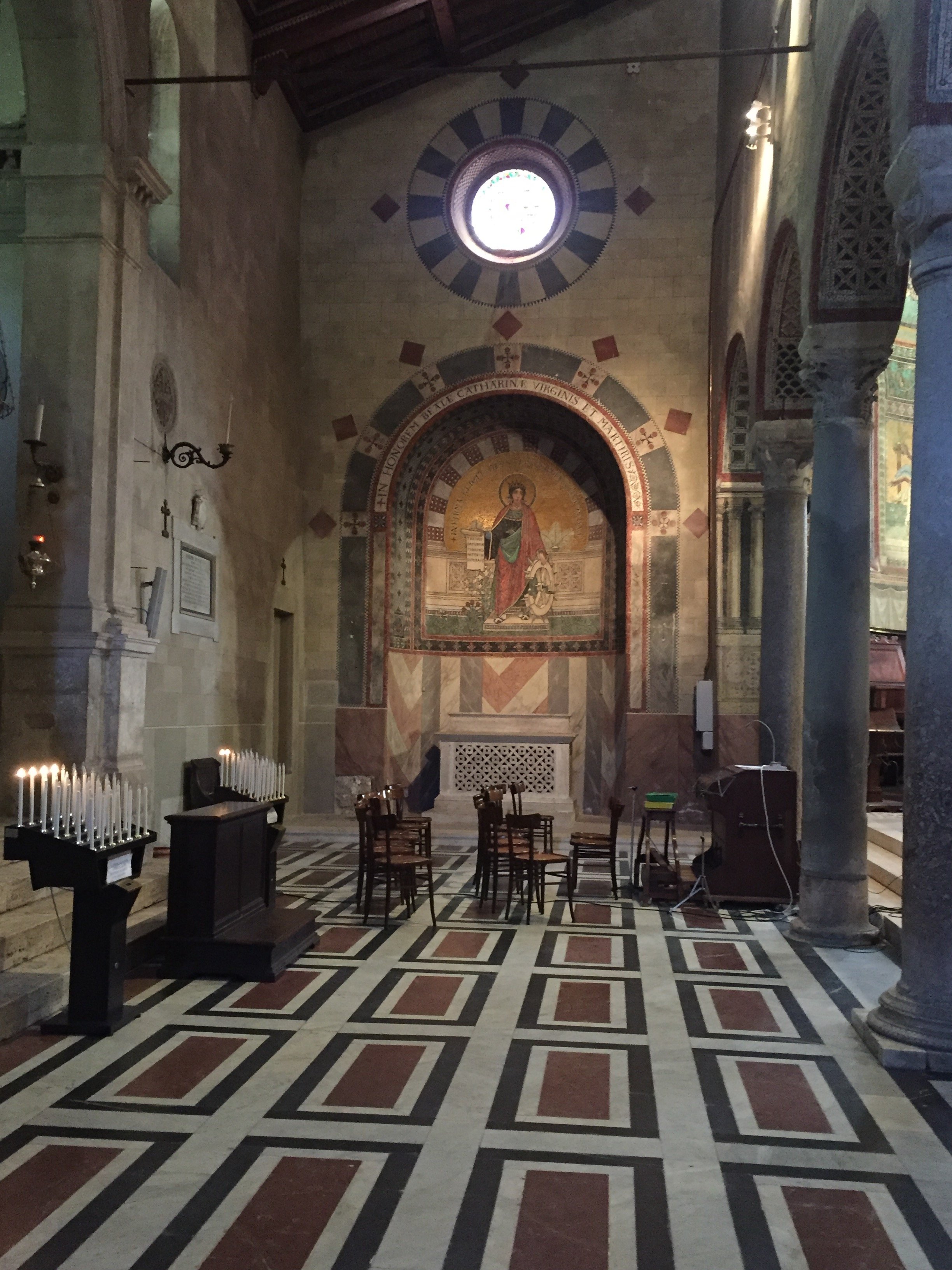
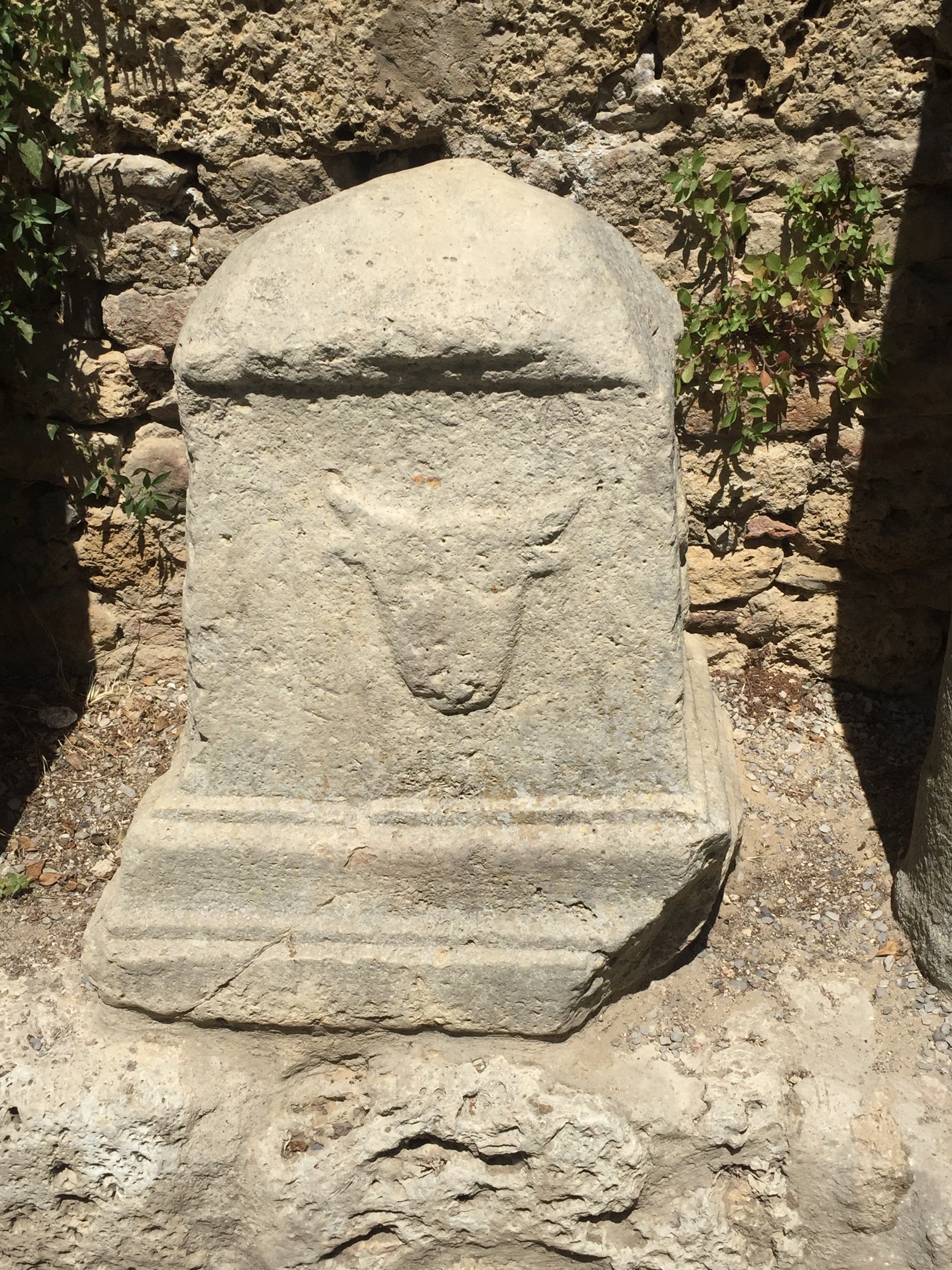
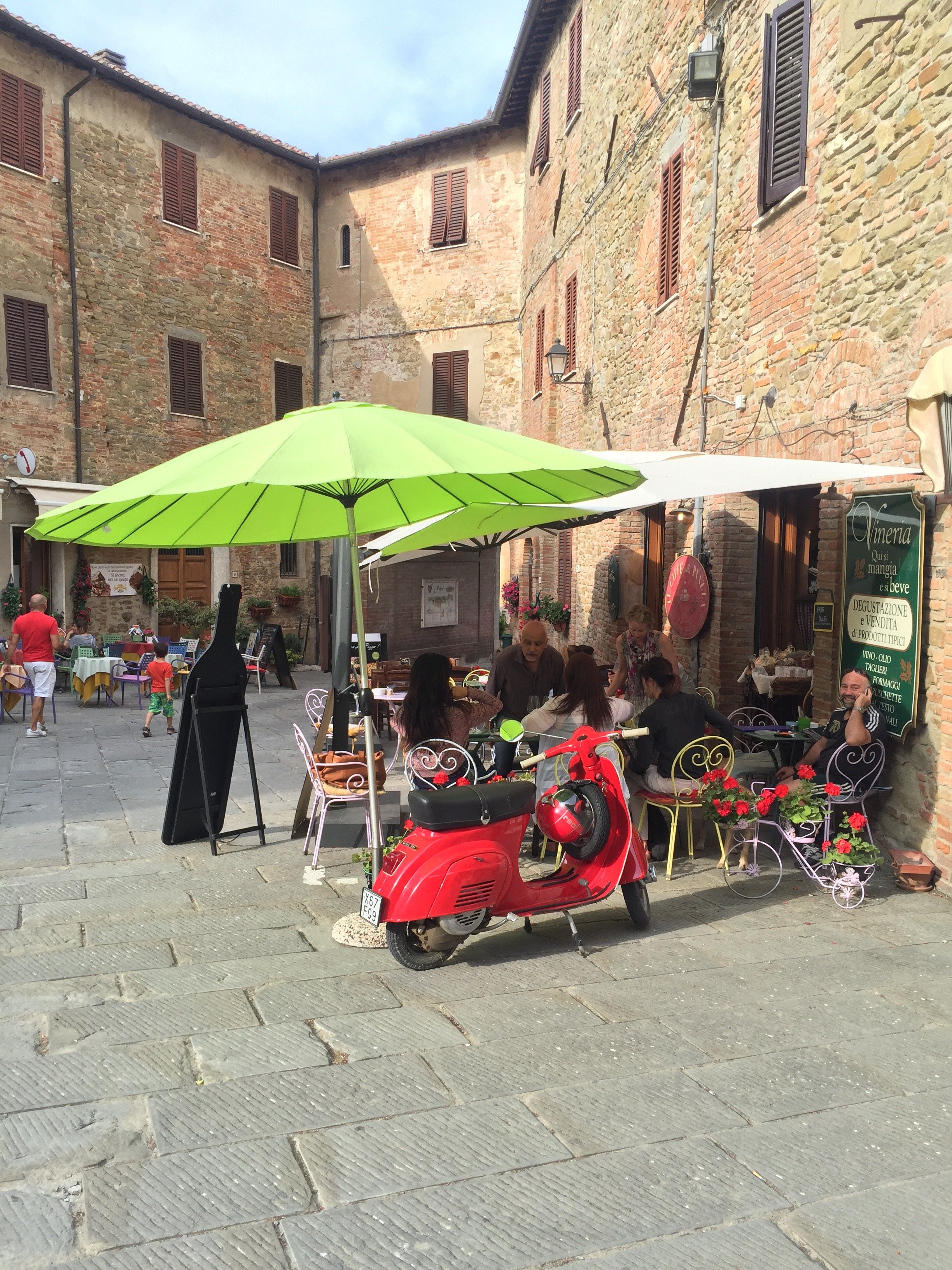 The next day was our day trip to Siena. I visited Siena during my second vacation to Italy. I had my guide-book and everything but I learned a lot more about the Duomo and the town with Julian. He went into detail regarding how the Plague impacted the city. Seven out of ten Sienese died.The Duomo is breathtaking. What Julian said about the cathedral architects of that era was profound. The architects were designing buildings that would be finished long after they died. They knew they would never see them completed. Very different from these McMansiony times.
The next day was our day trip to Siena. I visited Siena during my second vacation to Italy. I had my guide-book and everything but I learned a lot more about the Duomo and the town with Julian. He went into detail regarding how the Plague impacted the city. Seven out of ten Sienese died.The Duomo is breathtaking. What Julian said about the cathedral architects of that era was profound. The architects were designing buildings that would be finished long after they died. They knew they would never see them completed. Very different from these McMansiony times.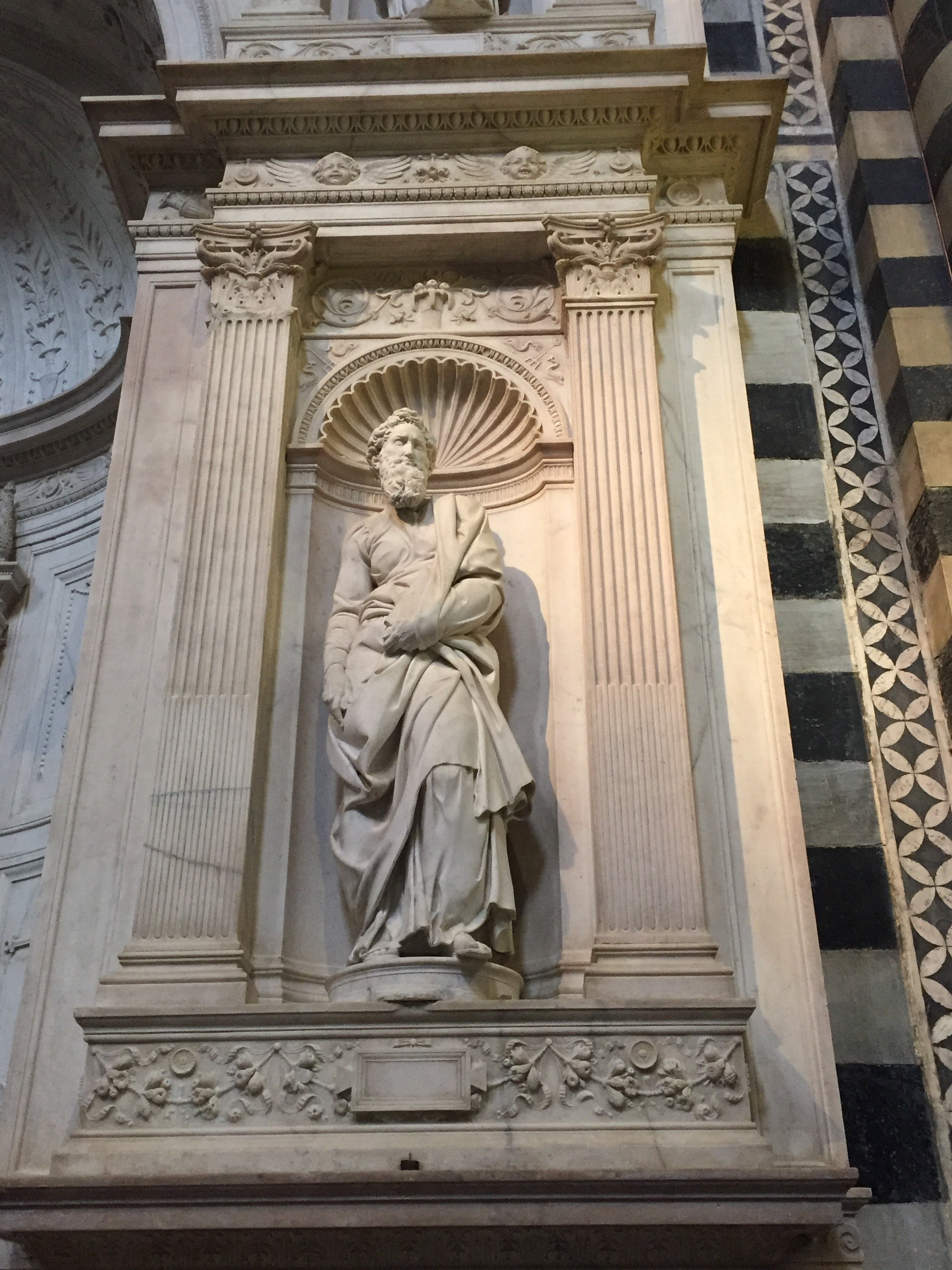
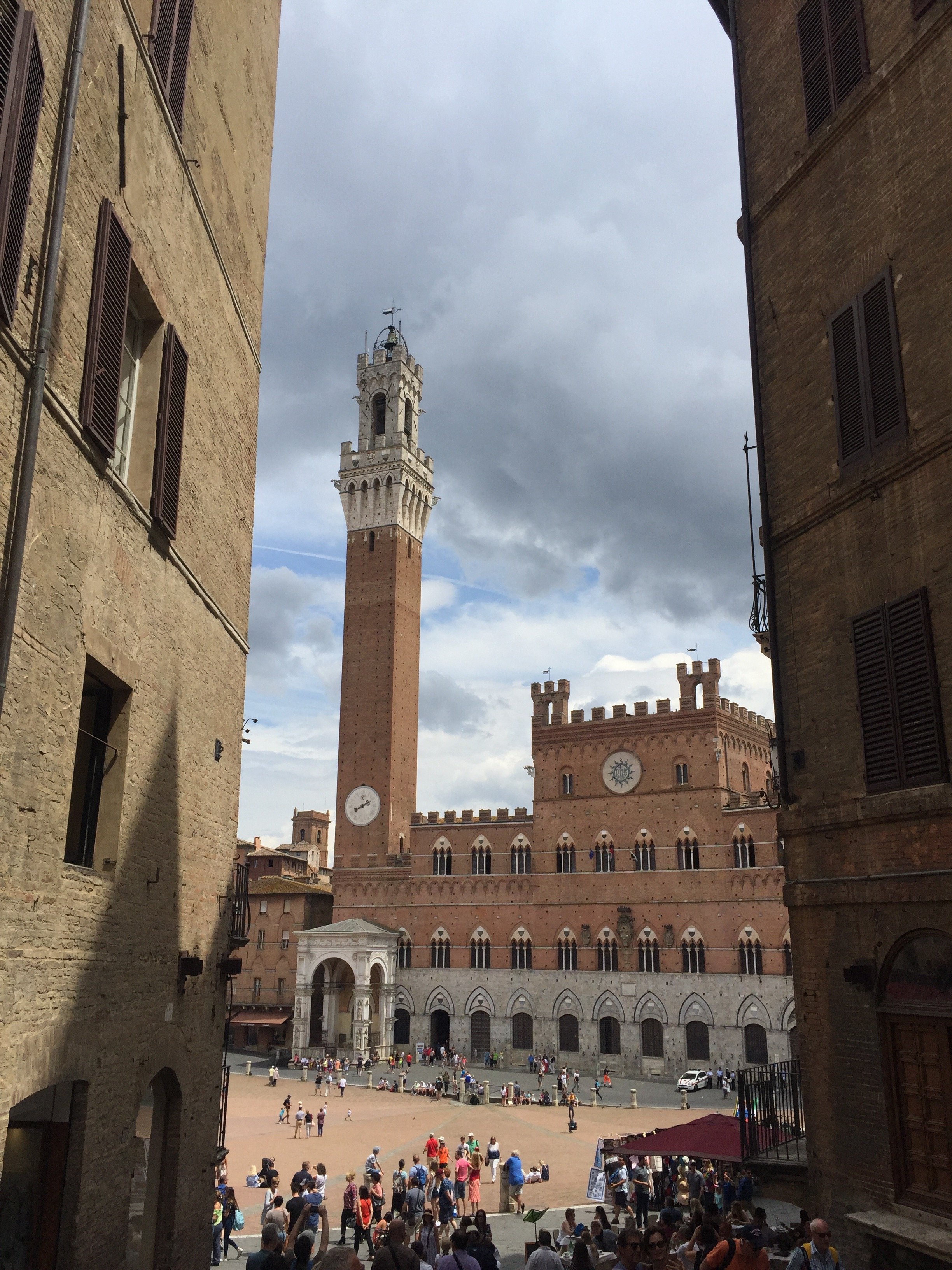 On my last day we had an art class. We did several drawing exercises. Later, during our free time, several of us took advantage of the watercolor paints in the studio.
On my last day we had an art class. We did several drawing exercises. Later, during our free time, several of us took advantage of the watercolor paints in the studio.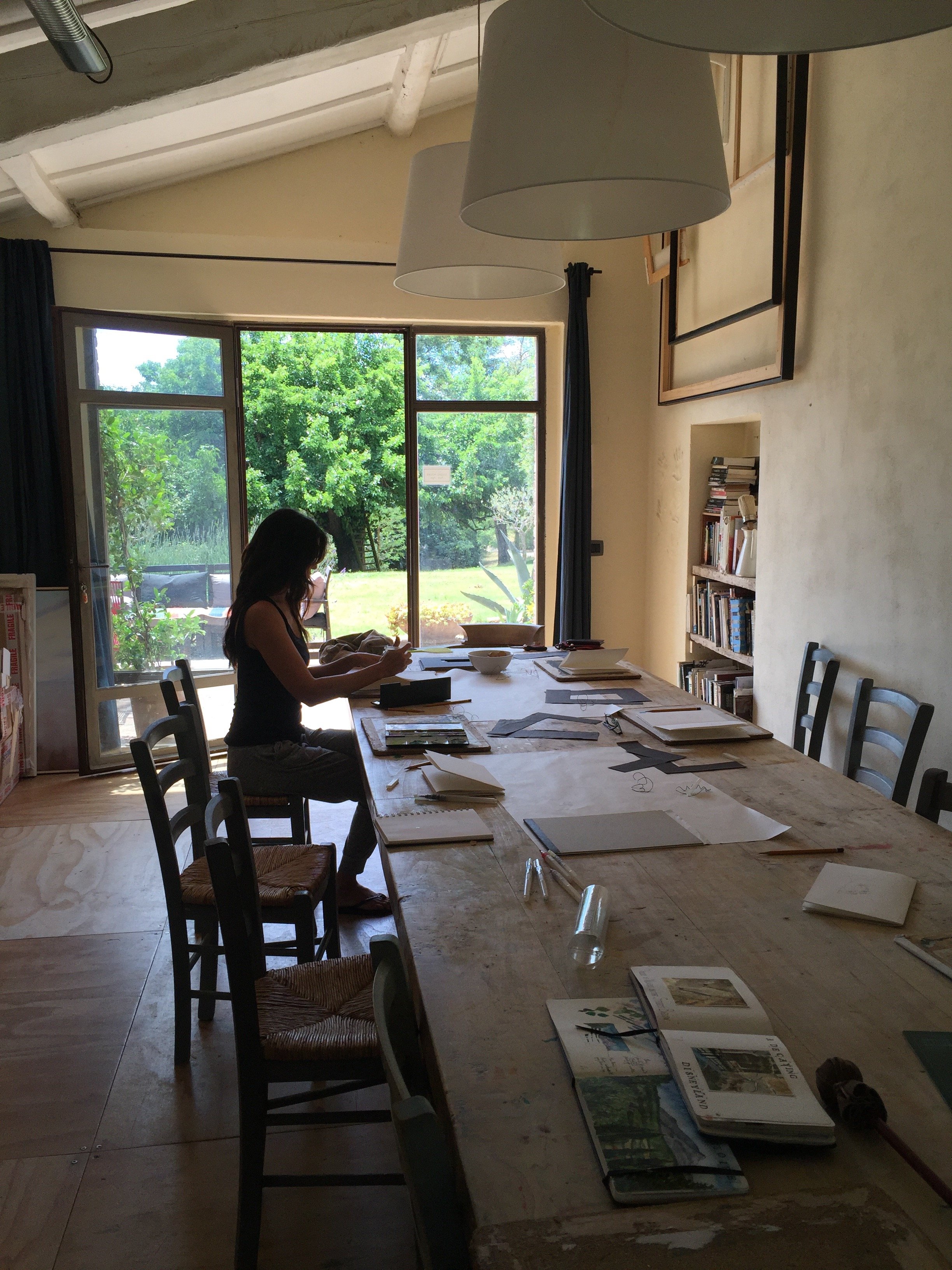 That day we also had a pasta making class. I haven't made pasta from scratch in years. I need to do it more often. The pasta was ridiculously good. All of us had seconds.
That day we also had a pasta making class. I haven't made pasta from scratch in years. I need to do it more often. The pasta was ridiculously good. All of us had seconds.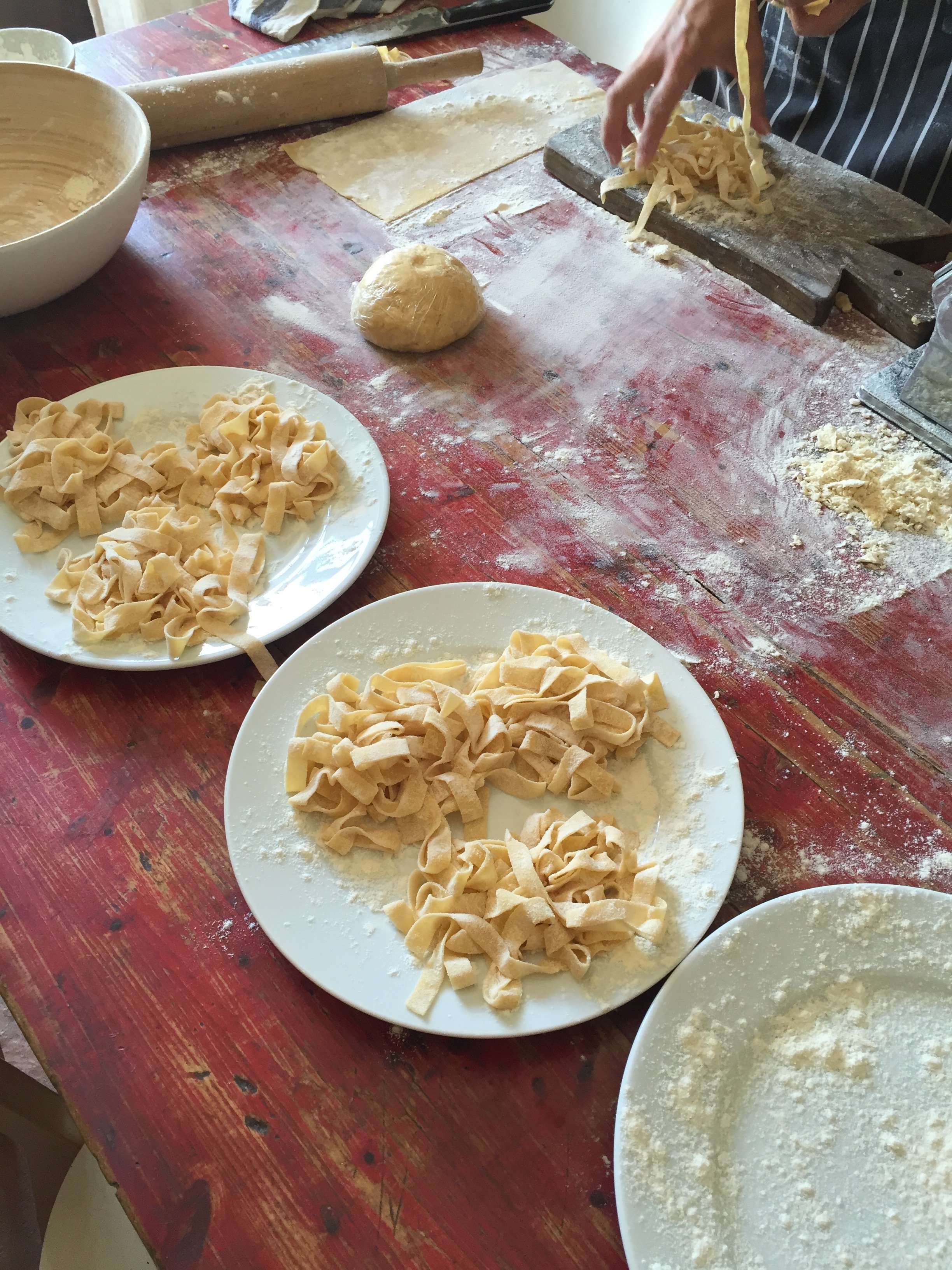
 In the afternoon we went to Cortona. Of course we had to stop by Bramasole.
In the afternoon we went to Cortona. Of course we had to stop by Bramasole.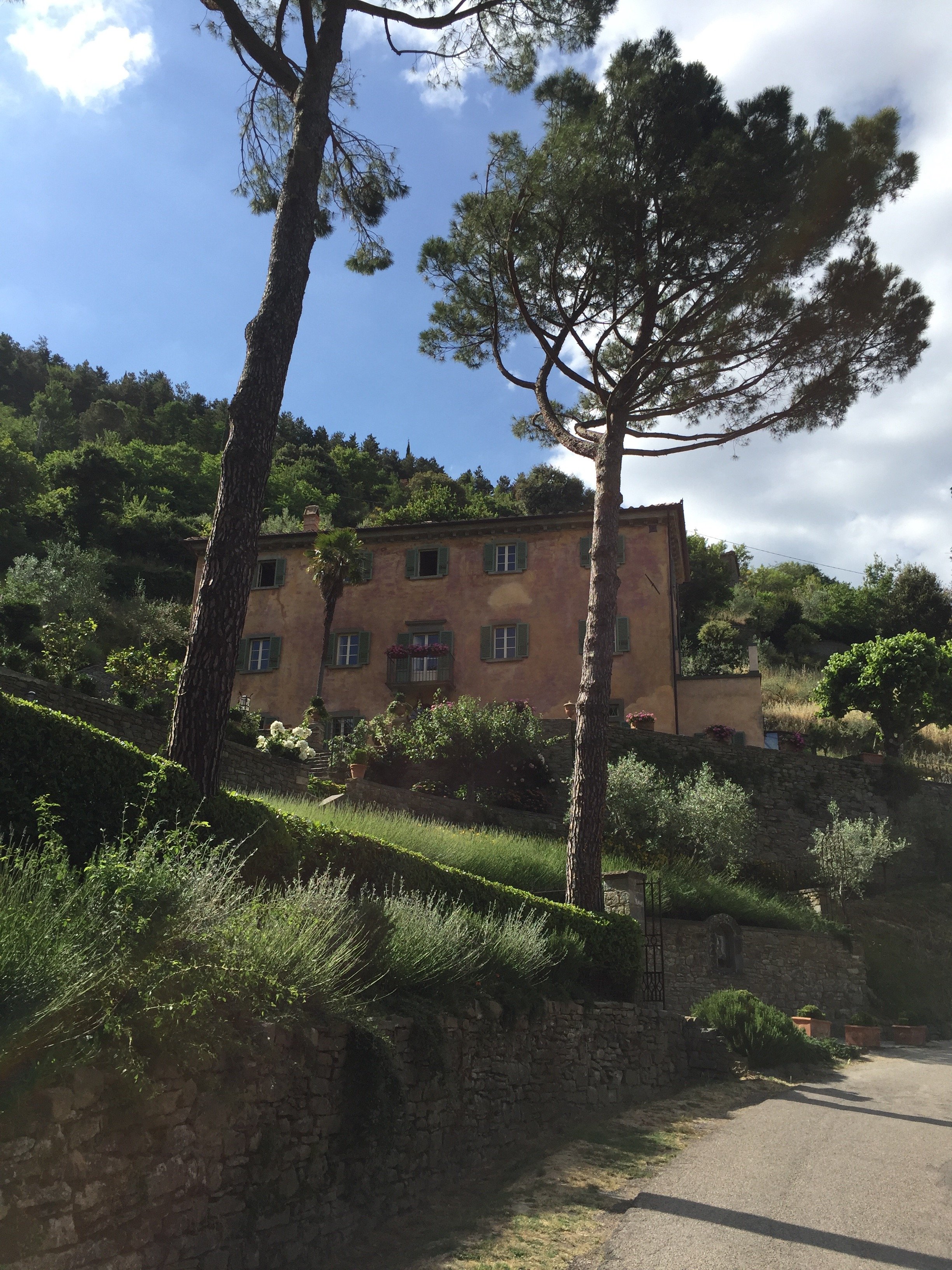
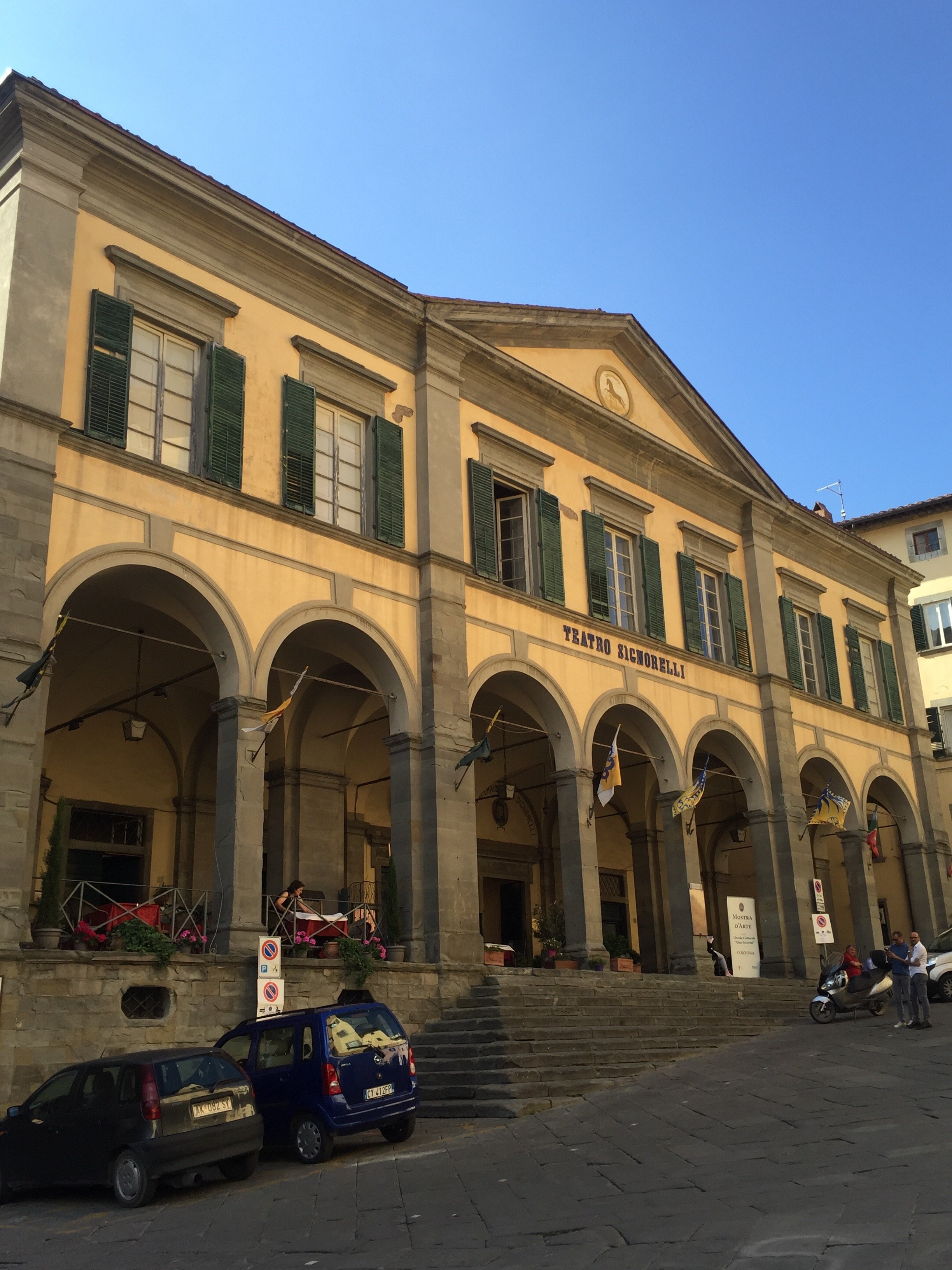 I can see why so many of the participants are repeaters. It's a genius way to travel, especially if you're a solo traveler. The retreats are small and personal. Yet, there's plenty of alone time if you need it.Since the retreat I've been trying to practice yoga at least three times a week. My friends, who are very serious about it, recommended a few beginner videos to me. It's a great way to start my day (good thing I saw 45's unhinged press conference this morning after yoga). I say this as someone who is not crunchy. I still don't understand what the heck is going on with this bulletproof Matcha tea craze.One of Erin's goals when she started Eat, Pray, Yoga, was to find a way to include charitable work. You can read more about the organizations they collaborate with here.
I can see why so many of the participants are repeaters. It's a genius way to travel, especially if you're a solo traveler. The retreats are small and personal. Yet, there's plenty of alone time if you need it.Since the retreat I've been trying to practice yoga at least three times a week. My friends, who are very serious about it, recommended a few beginner videos to me. It's a great way to start my day (good thing I saw 45's unhinged press conference this morning after yoga). I say this as someone who is not crunchy. I still don't understand what the heck is going on with this bulletproof Matcha tea craze.One of Erin's goals when she started Eat, Pray, Yoga, was to find a way to include charitable work. You can read more about the organizations they collaborate with here.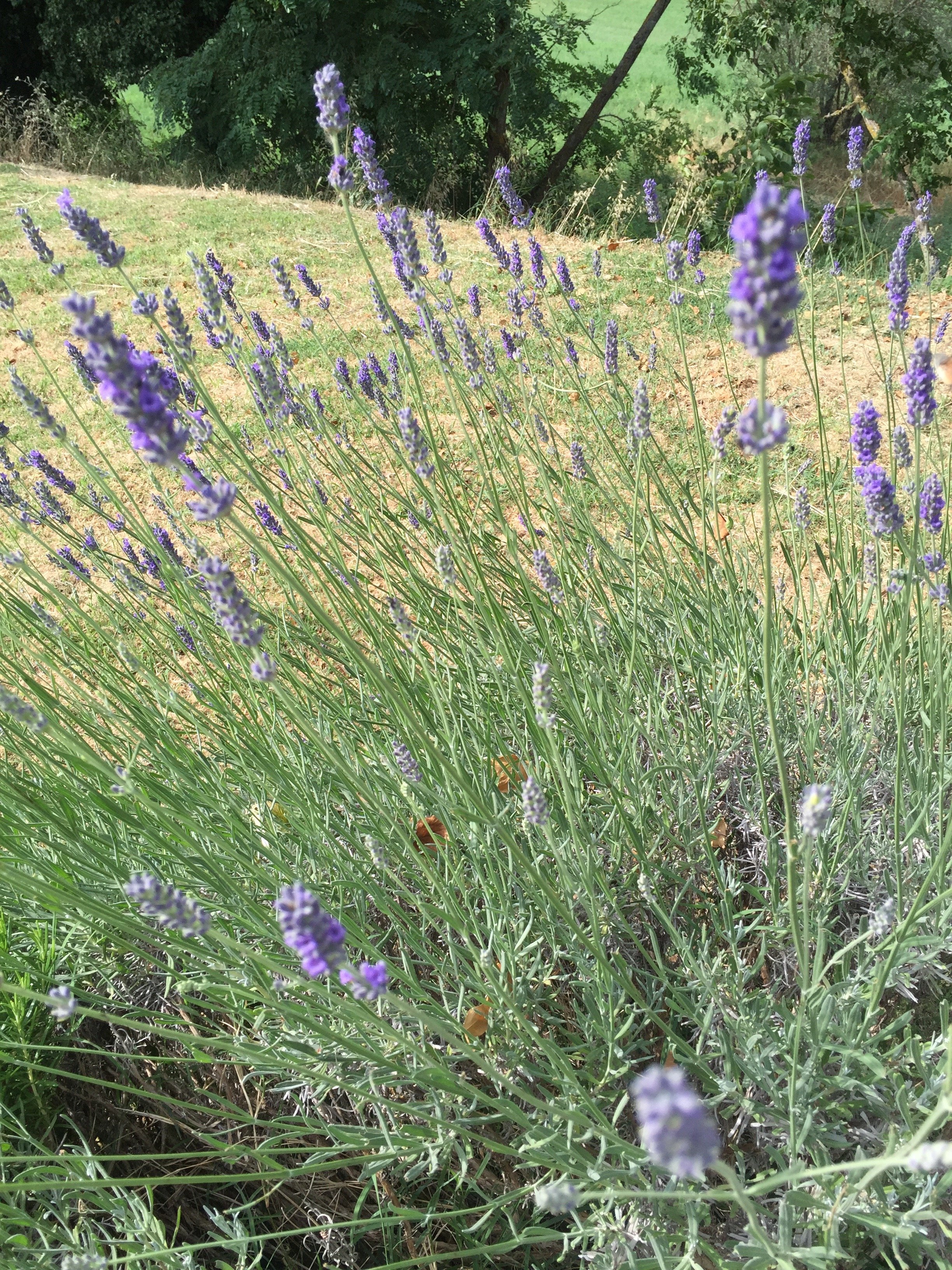
Life in Rome - The Artemisia Gentileschi Exhibit
Buon Anno!Man, am I happy to see 2017. I'm really looking forward to this year, despite all the craziness in the world. I have no control over these many complicated political and social issues but I can control how I react to them.There's a lot of ugliness and hatred in this world. I'm going to focus on the beauty and love. I know that sounds very Pollyanna. However, I strongly believe that those of us who work in creative fields and/or appreciate creative endeavors need to push back. Dostoyevsky wrote, "Beauty will save the world." I agree.If you're in Rome or plan to visit before May 7th, I highly recommend the “Artemisia Gentileschi and Her Time,” exhibit at the Museum of Rome in Palazzo Braschi. It's outstanding.Much has been written about the struggles of Gentileschi (1593-1653). This exhibit doesn't downplay them but focuses on her art and how the times influenced it. There are over one hundred paintings. Most are by Gentileschi with a few from her contemporaries.Gentileschi was the daughter of the painter Orazio and was heavily influenced by Caravaggio. She was the first woman to be admitted to the prestigious Accademia del Arte di Disegno in Florence.The population in Rome was two-thirds male when Gentileschi was growing up. It was very dangerous for a woman to be even be outside. Her mother died when she was twelve and she was raped by the painter her father hired to tutor her when she was seventeen. Her father had to hire a tutor because at the time women were denied access to the art academies. During the humiliating trial, Gentileschi was tortured and her family's reputation questioned. Her accuser (who had raped his wife, his sister-in-law, and tried to steal paintings from Orazio) was sentenced to a year in jail. His verdict was annulled.Gentileschi rejected the stereotypical female roles of the Early Baroque era and painted women who were powerful, mythical.The exhibit is categorized by city. You can see the influence living in Rome, Florence, Venice, London, and Naples (where she died, perhaps from the Plague) had on Gentileschi's work. After her death, Gentileschi's work was often attributed to her father or other artists.The exhibit is well organized (I know. Shocking). There are informative introductions (in Italian and English) to each period of her work.I saw her most famous work, Judith Slaying Holofernes, at the Ufizzi when I visited Florence a few years before I moved to Italy. She painted two versions and the other one is in Naples at Museo Nazionale di Capodimonte. 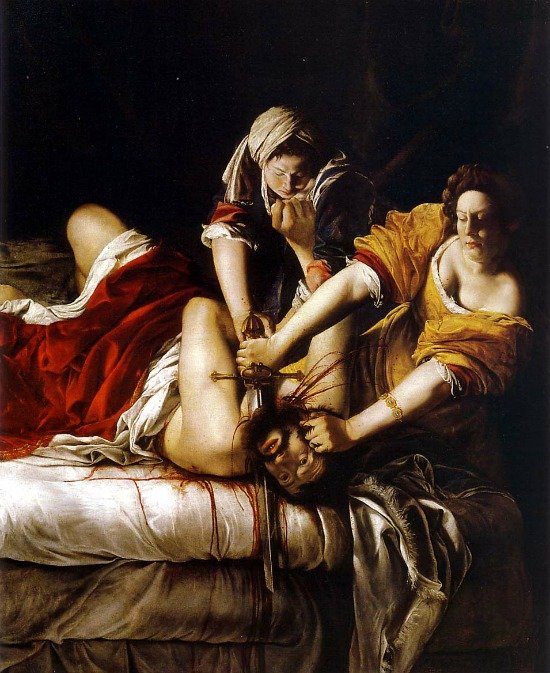 There many paintings of this biblical story (including one by Caravaggio himself). It's fascinating to compare her interpretation to that of her male peers.I don't know if it was the setting (a smaller room, less chaotic that the Ufizzi), post USA election stress, or what, but this time the painting unnerved me. I didn't want to look at it but I couldn't turn away. There was a woman next to me tearing up. It's truly a powerful, visceral, beautiful, work of art. My god the colors. The physicality. Gentileschi painted herself as Judith and her accuser as Holofernes. I didn't know the details of her trial then but even those who have no knowledge of Gentileschi's backstory, can see and feel the unadulterated rage.Moving on from that uplifting note, Palazzo Braschi is a striking venue located in Piazza Navona. During the weekends there was quite a line. It might be less crowded now that the exhibit has been running for a few weeks. Museum of Rome, Palazzo BraschiUntil May 7th, 2017Tuesday to Sunday from 10am to 7pm
There many paintings of this biblical story (including one by Caravaggio himself). It's fascinating to compare her interpretation to that of her male peers.I don't know if it was the setting (a smaller room, less chaotic that the Ufizzi), post USA election stress, or what, but this time the painting unnerved me. I didn't want to look at it but I couldn't turn away. There was a woman next to me tearing up. It's truly a powerful, visceral, beautiful, work of art. My god the colors. The physicality. Gentileschi painted herself as Judith and her accuser as Holofernes. I didn't know the details of her trial then but even those who have no knowledge of Gentileschi's backstory, can see and feel the unadulterated rage.Moving on from that uplifting note, Palazzo Braschi is a striking venue located in Piazza Navona. During the weekends there was quite a line. It might be less crowded now that the exhibit has been running for a few weeks. Museum of Rome, Palazzo BraschiUntil May 7th, 2017Tuesday to Sunday from 10am to 7pm
Art and Architecture with Ariella - Contemporary Art in Rome
Ciao Bloggisti,Here is the latest post from Ariella:Over the past few months I have explored art in Rome from a historical point of view, as well as its current and future purpose. While Rome is known for masterpieces by some of the world's greatest artists such as Michaelangelo, Caravaggio, and many others; the city has a vibrant contemporary art culture as well.Art and architecture in Rome is always present. We travel though it everyday, sit in its' spaces, it creates views and vistas and reminds us of the past while providing the setting for the future.Rome functions like a gallery. We circulated much in the same way we travel through a space designed for art. The city has made a concerted effort to integrate contemporary art and modern life with the construction of new museums. These spaces house newer collections and also facilitate the experience of promoting the collaboration between art, architecture, and everyday life.The challenge of the newer buildings and space is not to interfere or interrupt "historic" Rome but rather to blend in. These new spaces have attracted many visitors and artists to the city. Artists come to Rome from all over the world seeking inspiration while many born and raised in Rome have also flourished as artists.Every week for the past few months, I have visited a new contemporary art museum, gallery, studio, or installation and I've been able to learn from the historical cultural wealth of the Rome as well as from the current vibrant scene.My past impressions of contemporary art were of paintings and pieces that were difficult to relate to, very conceptual. Contemporary art is always evolving and now quite a few artists have returned to figurative painting/works.The collaboration reflected in exhibits, events, and installations have shaped the contemporary art world in Rome.I asked Ariella for a list of some of her favorite contemporary art museums and galleries.Museums:MACROMAXXI  Galleries:Anna Marra ContemporaneaT293Galleria VarsiGalleria Valentina BonomoI'm adding one of my favorites to her list, Galleria Lorcan O'Neill. Ariella mentioned two other spaces. They're not galleries or museums but display contemporary art.MOMA Hostel - a hostel run by artists.MAAM - this space has living quarters for homeless families. The families live with the art. When Ariella went to visit, one of the pieces had a dent in it because the children used it as a soccer/football goal post. I went to a street art exhibit there and thought it was one of the most interesting venues for art in Rome.
Galleries:Anna Marra ContemporaneaT293Galleria VarsiGalleria Valentina BonomoI'm adding one of my favorites to her list, Galleria Lorcan O'Neill. Ariella mentioned two other spaces. They're not galleries or museums but display contemporary art.MOMA Hostel - a hostel run by artists.MAAM - this space has living quarters for homeless families. The families live with the art. When Ariella went to visit, one of the pieces had a dent in it because the children used it as a soccer/football goal post. I went to a street art exhibit there and thought it was one of the most interesting venues for art in Rome.












